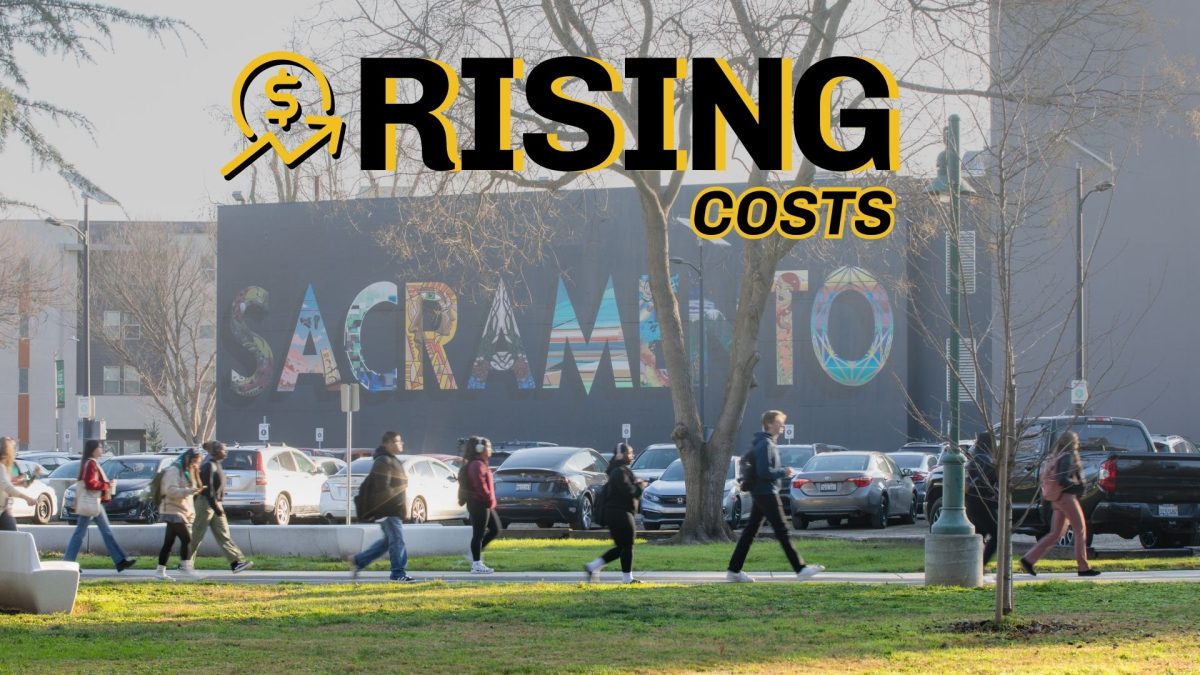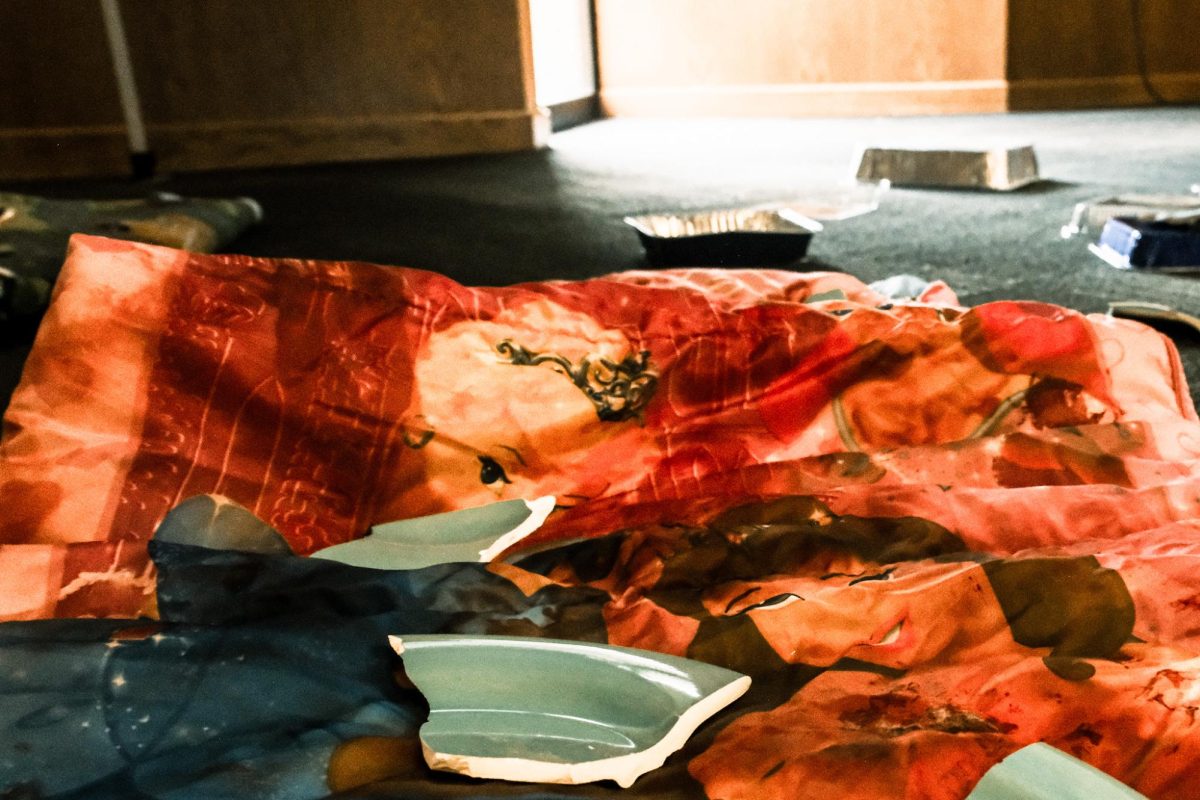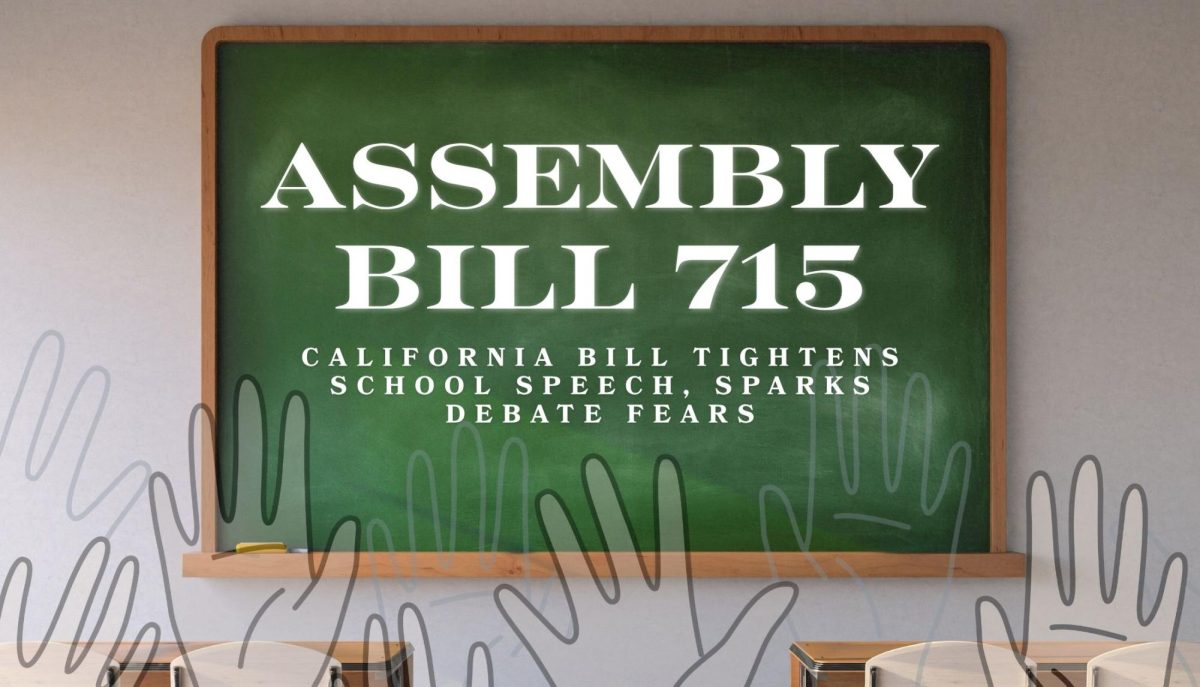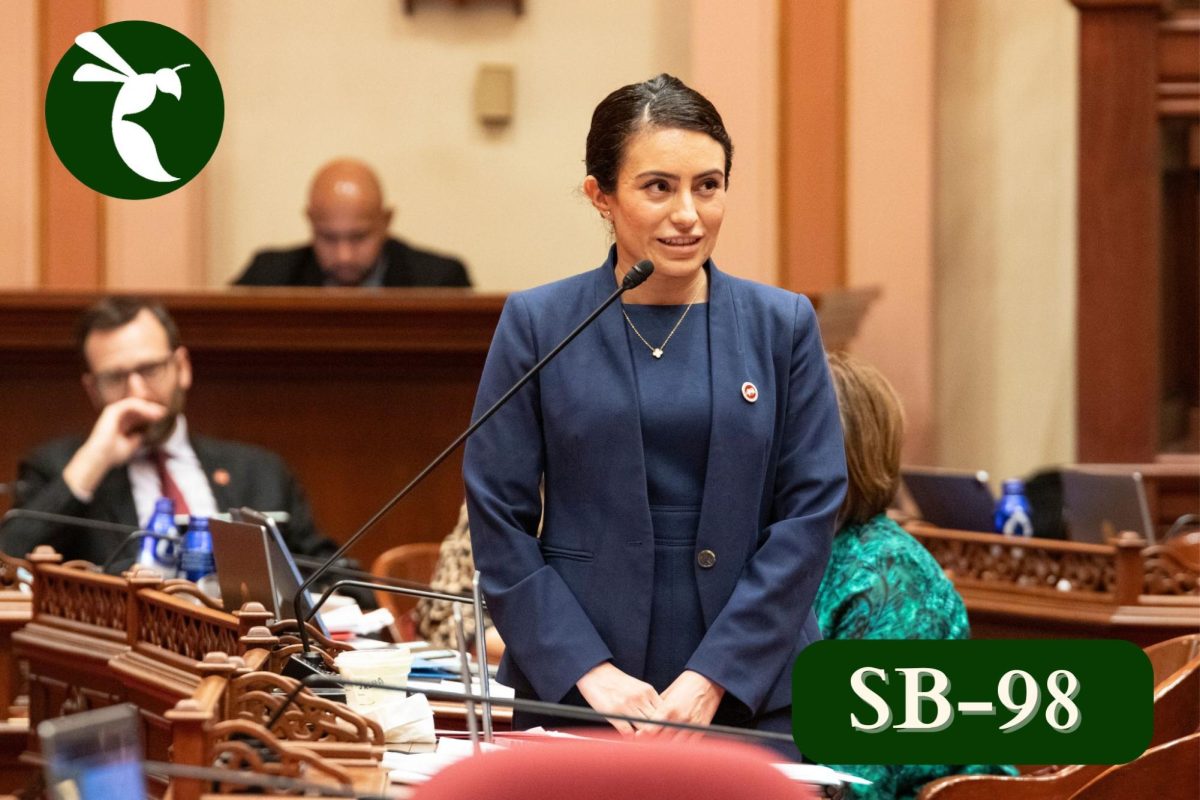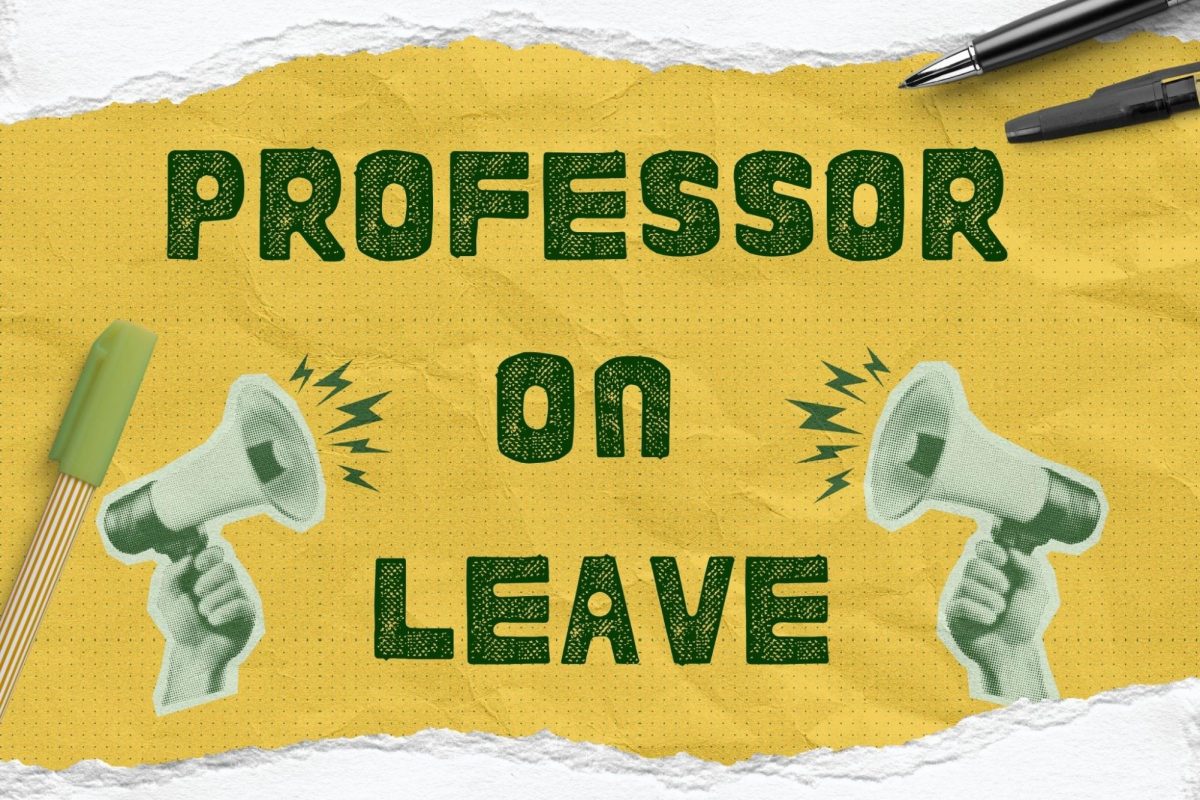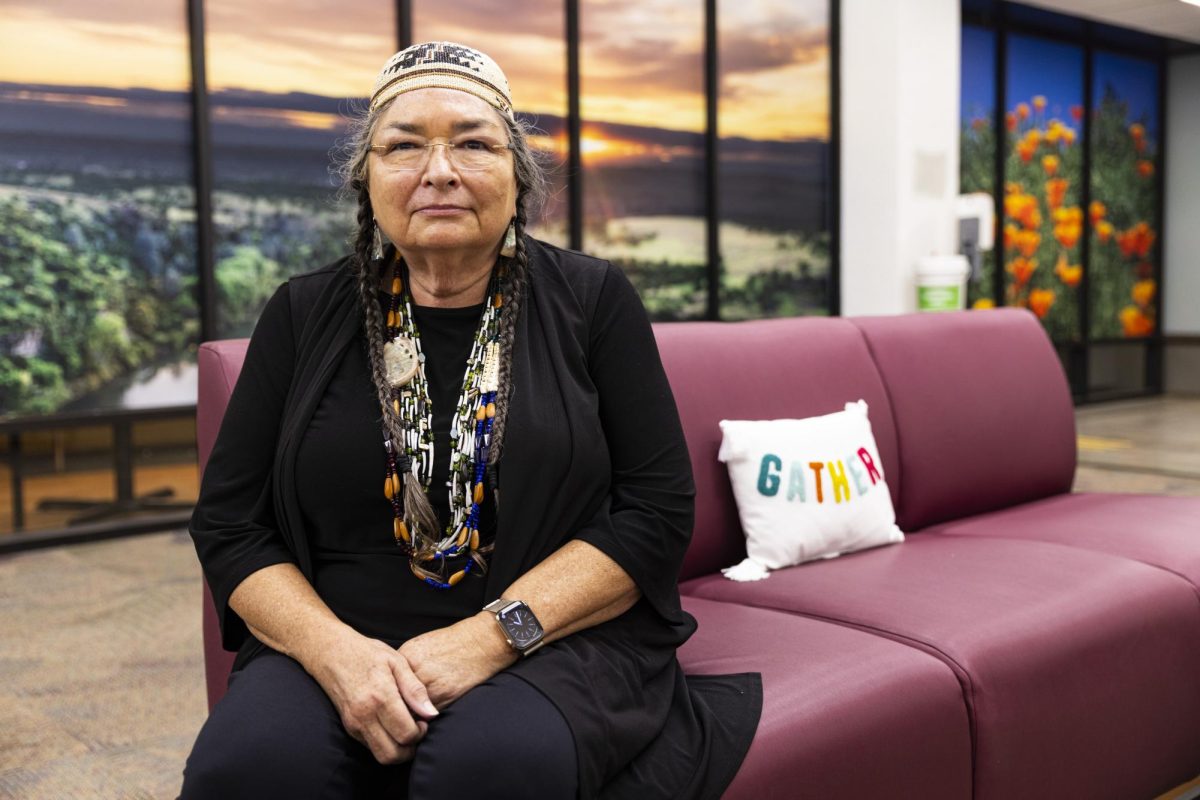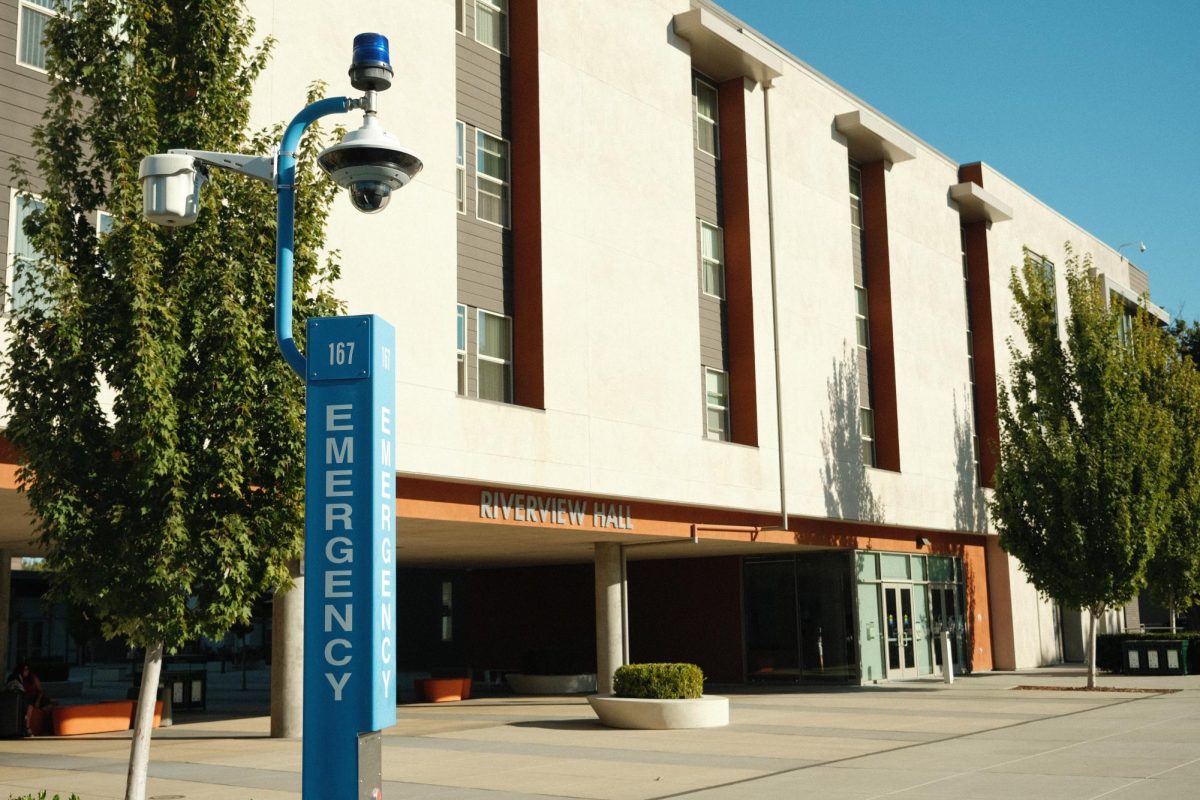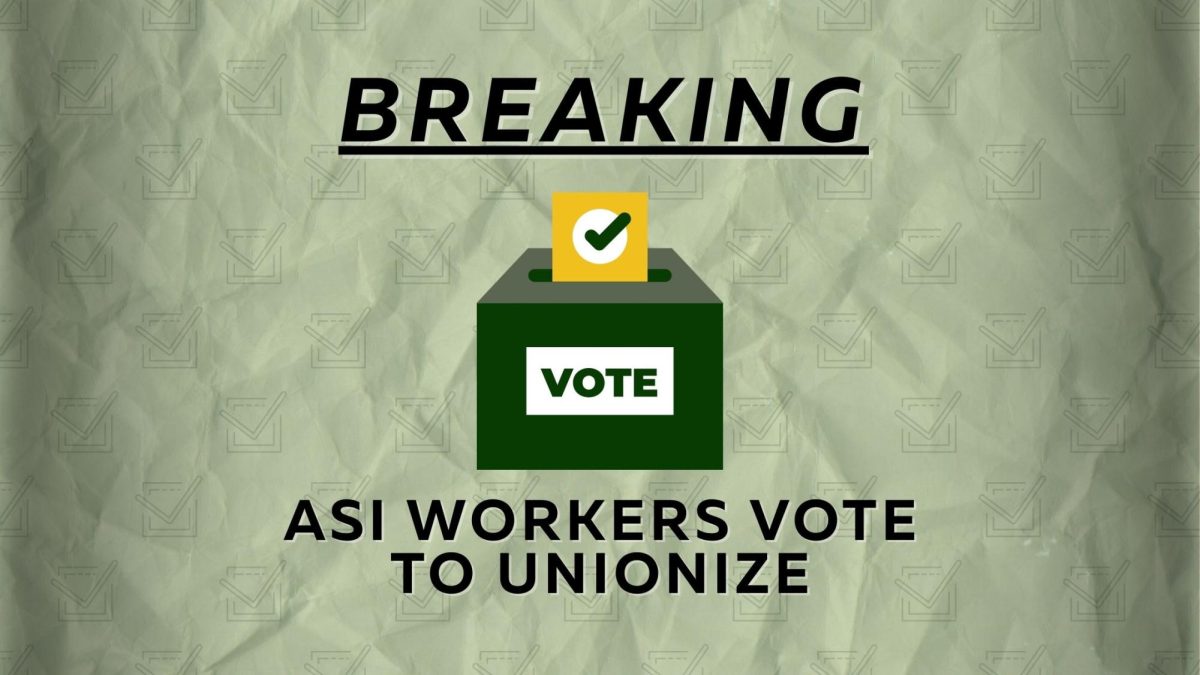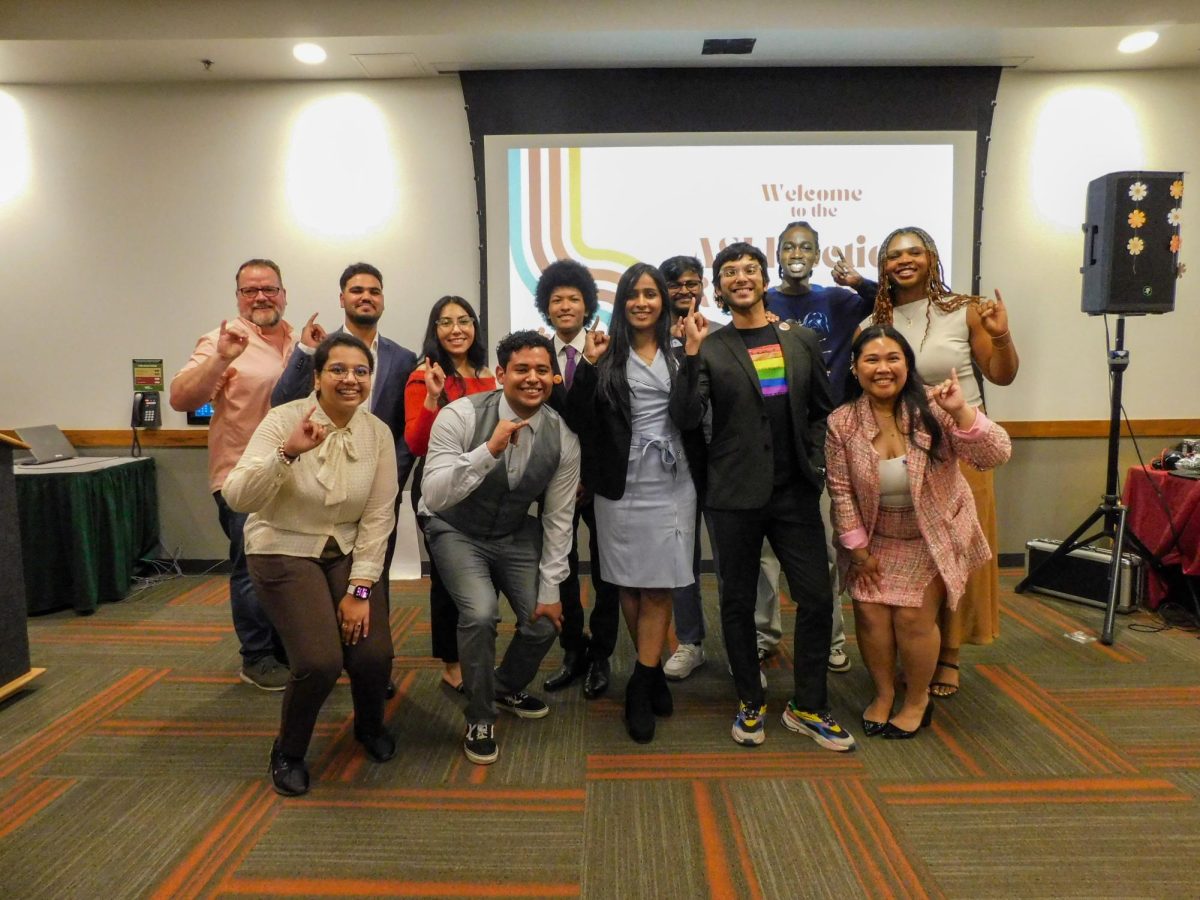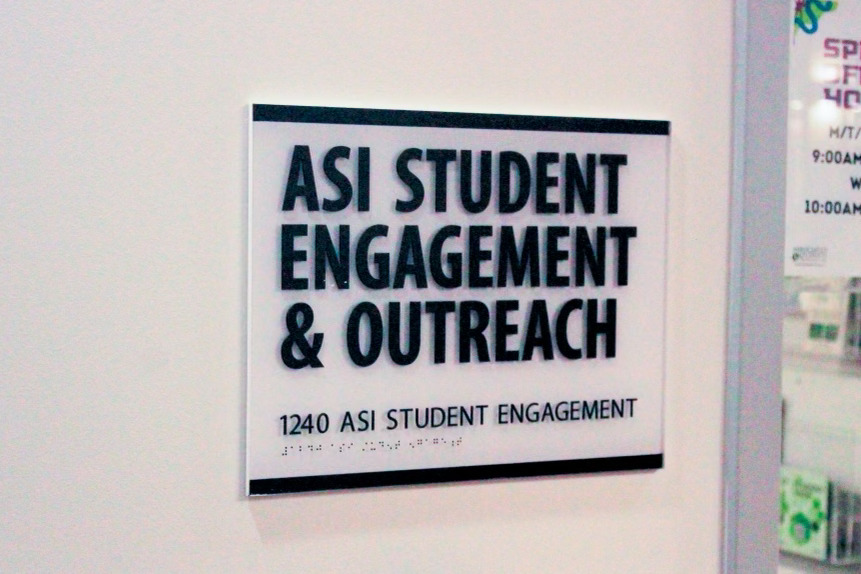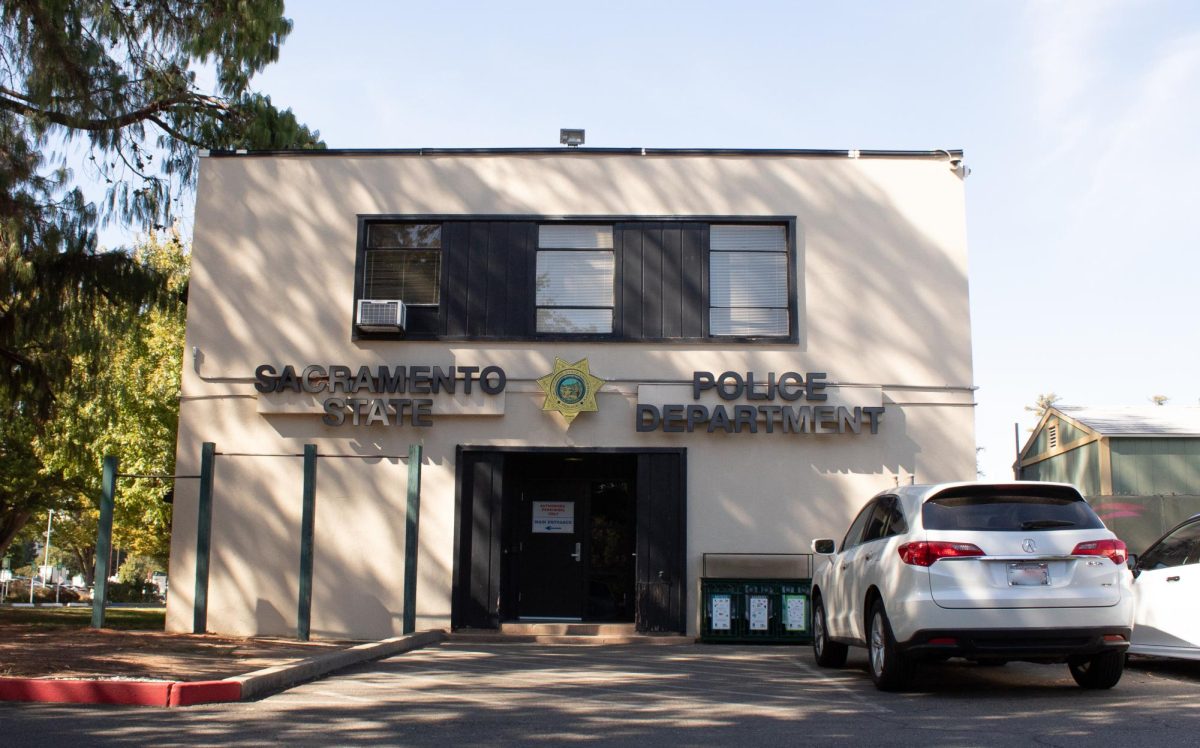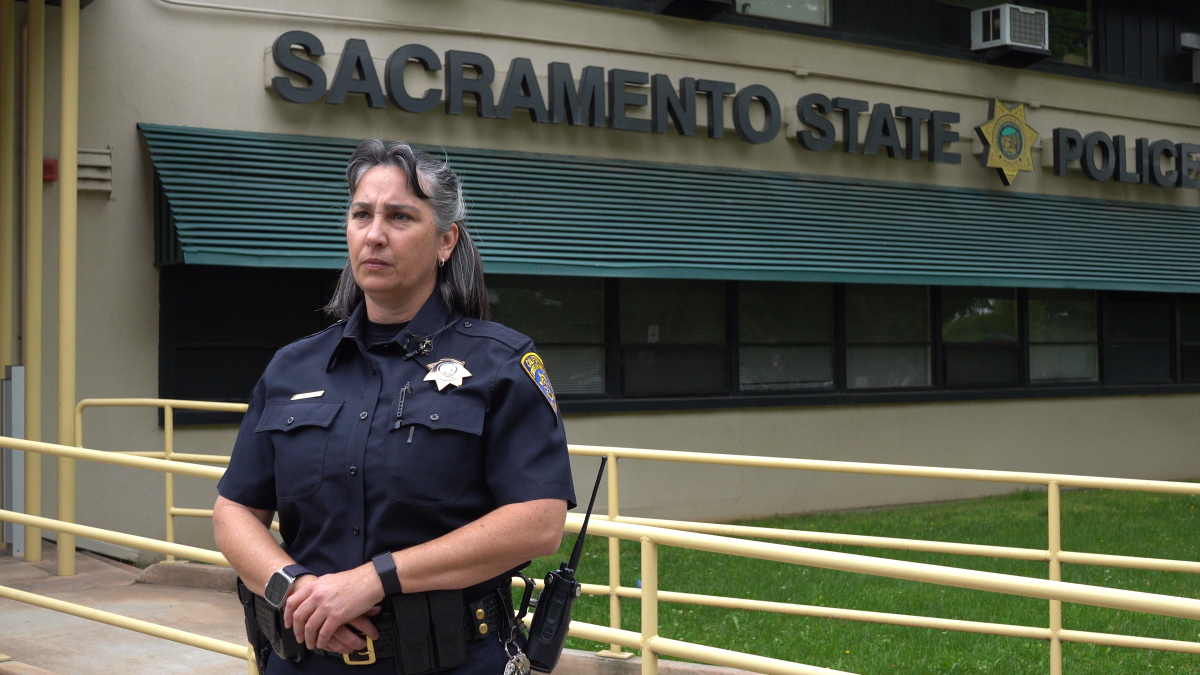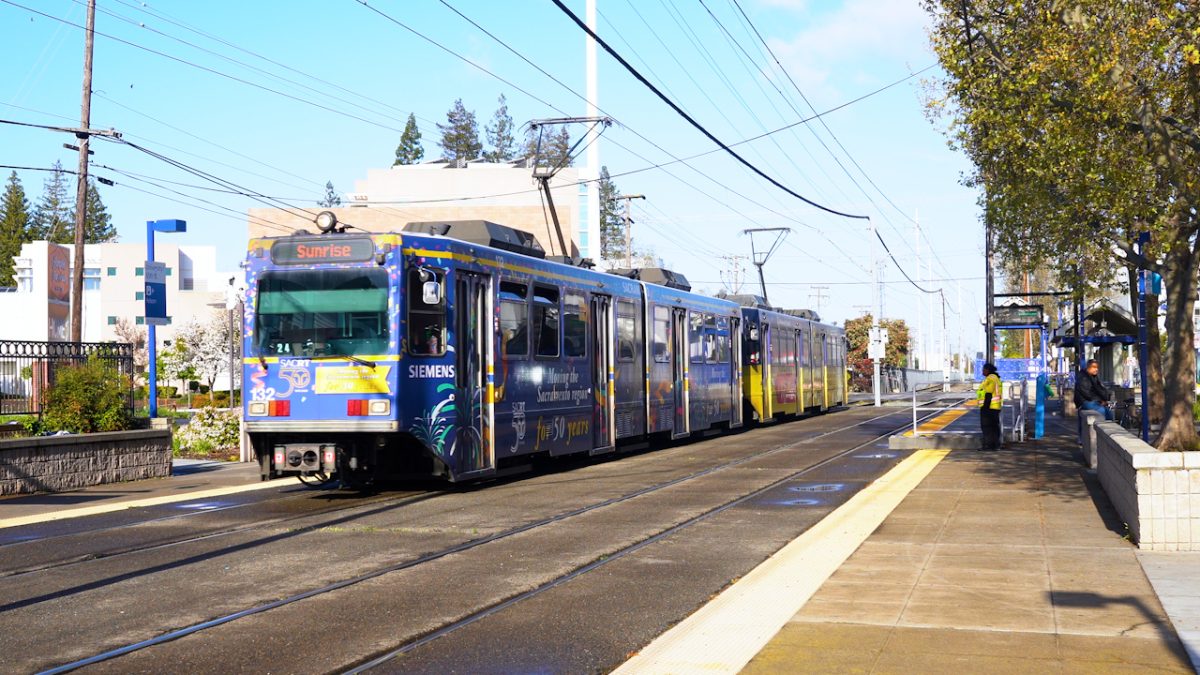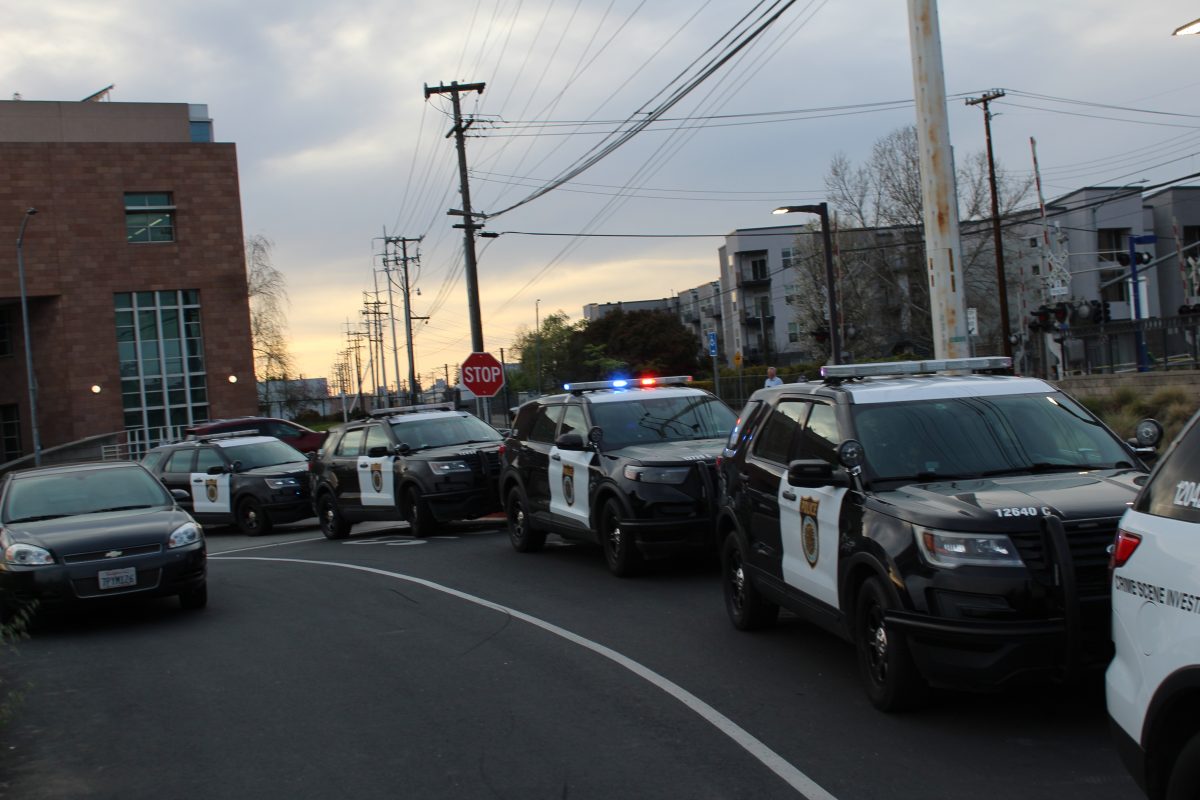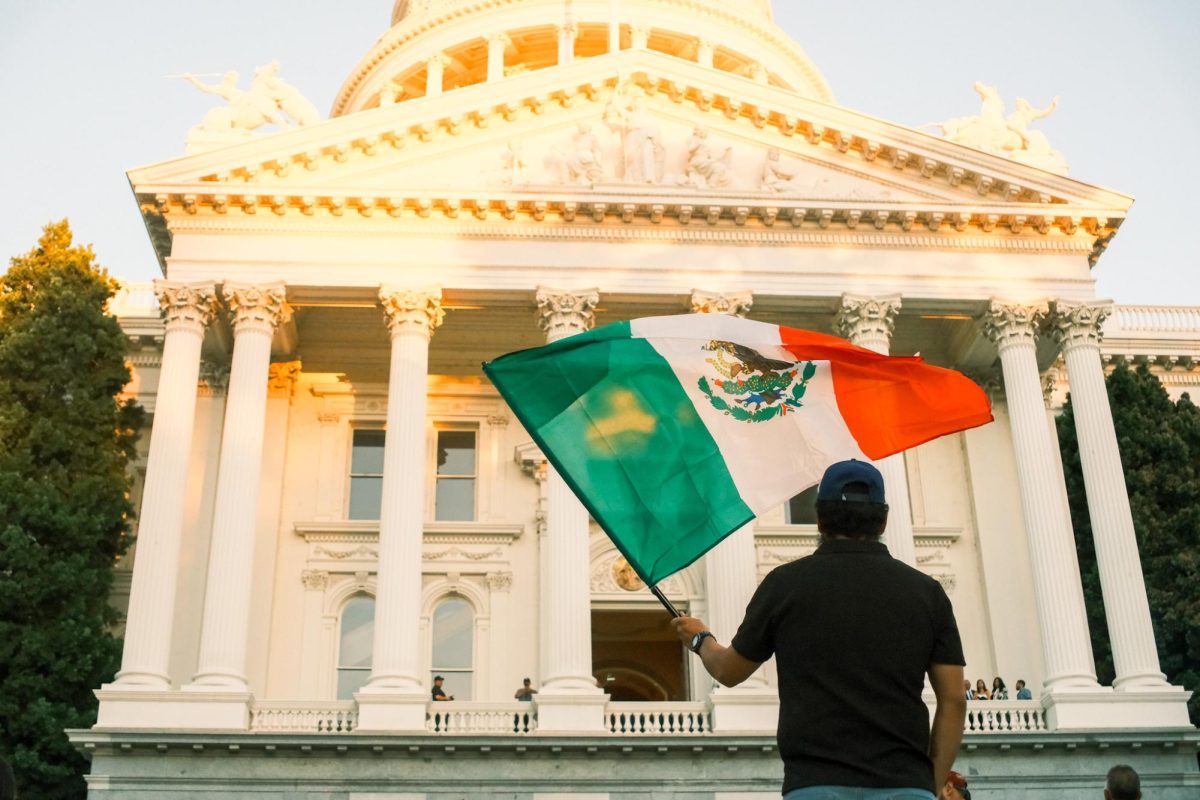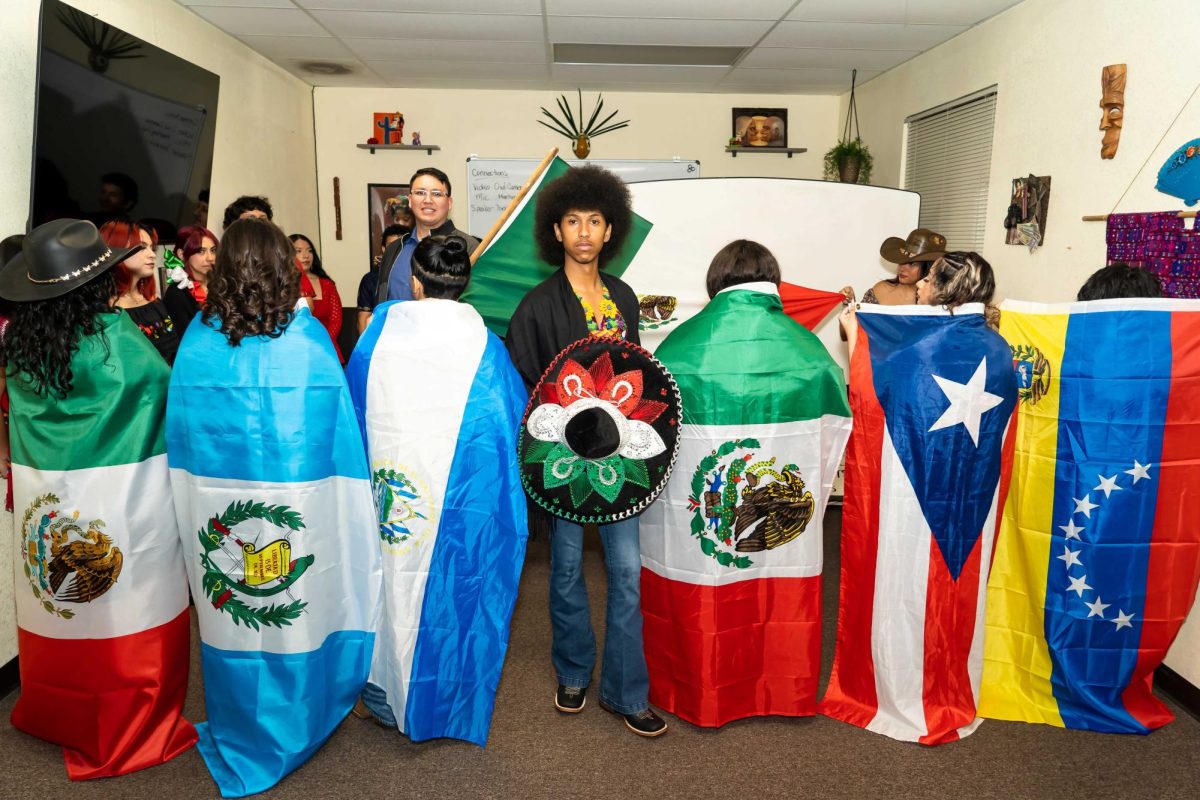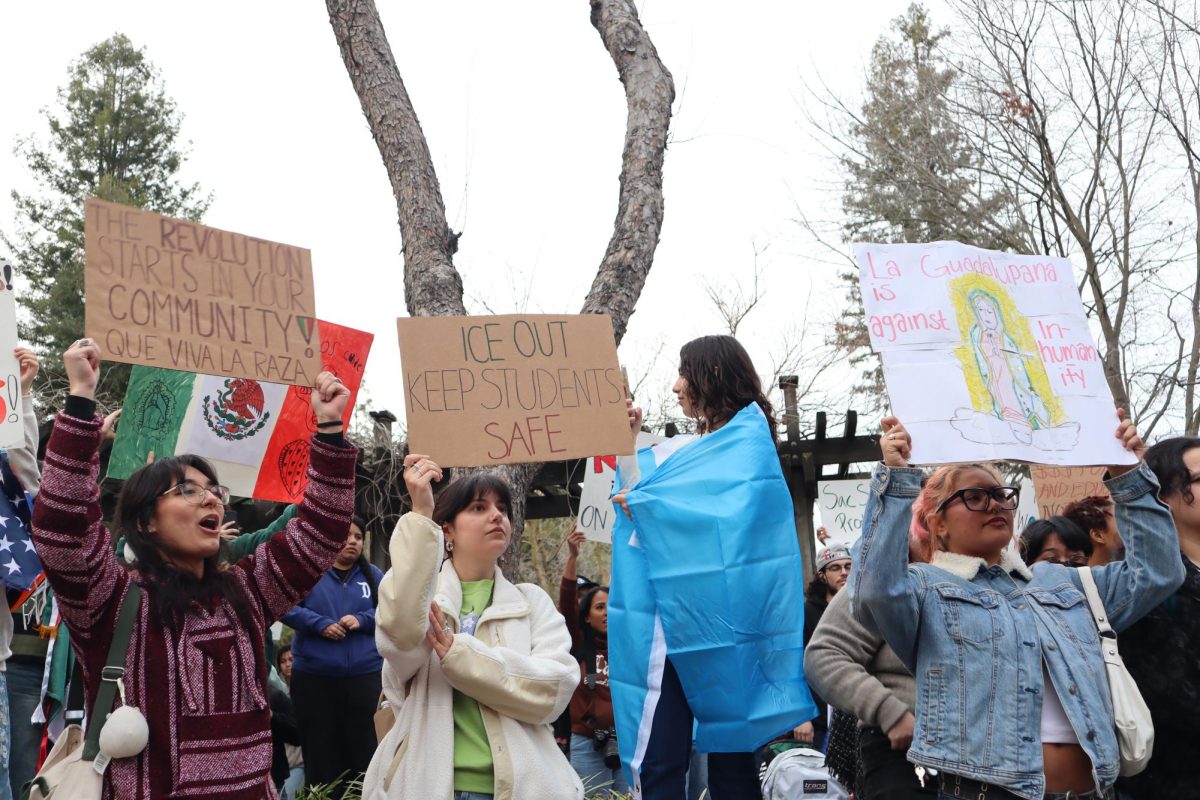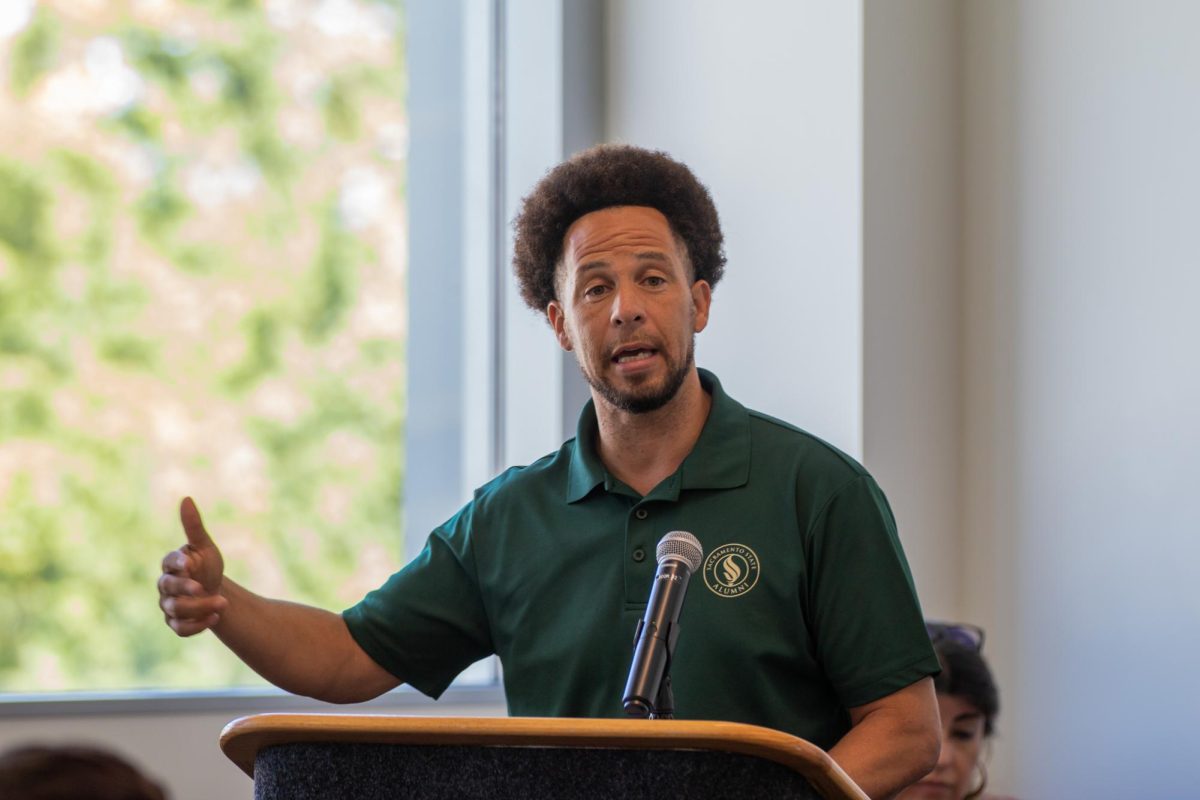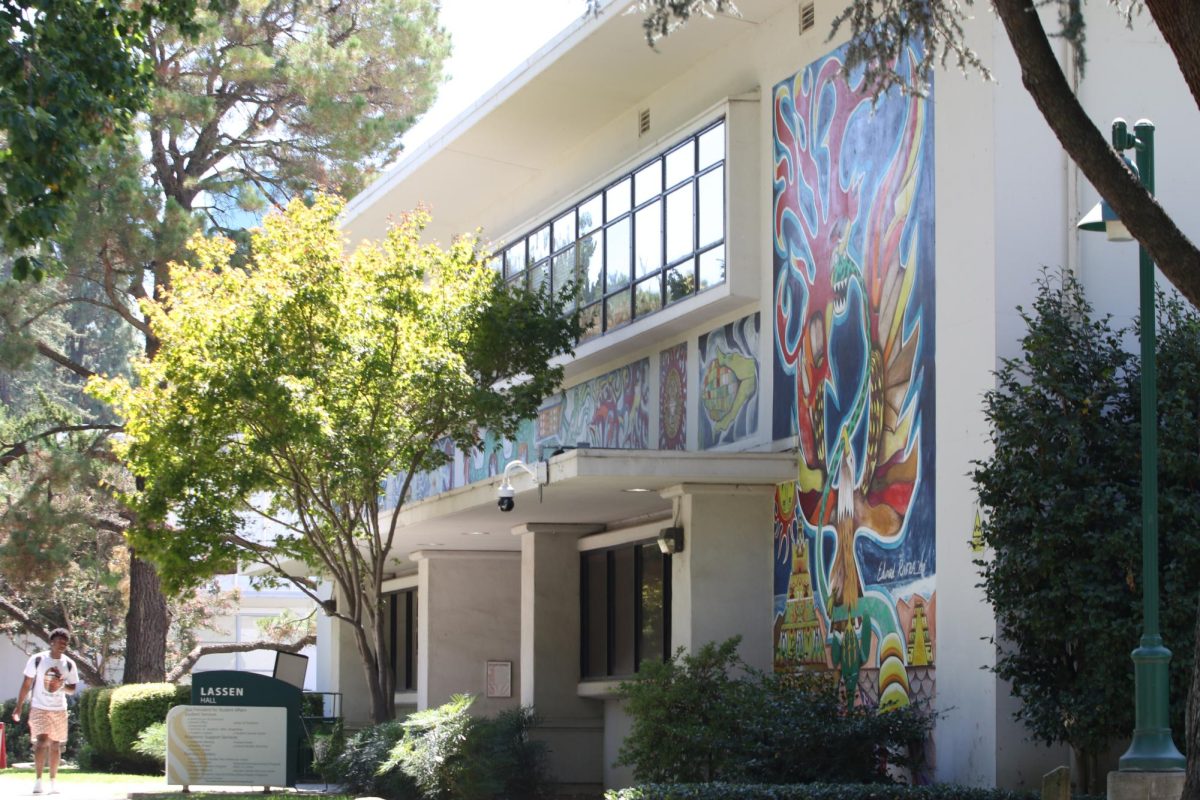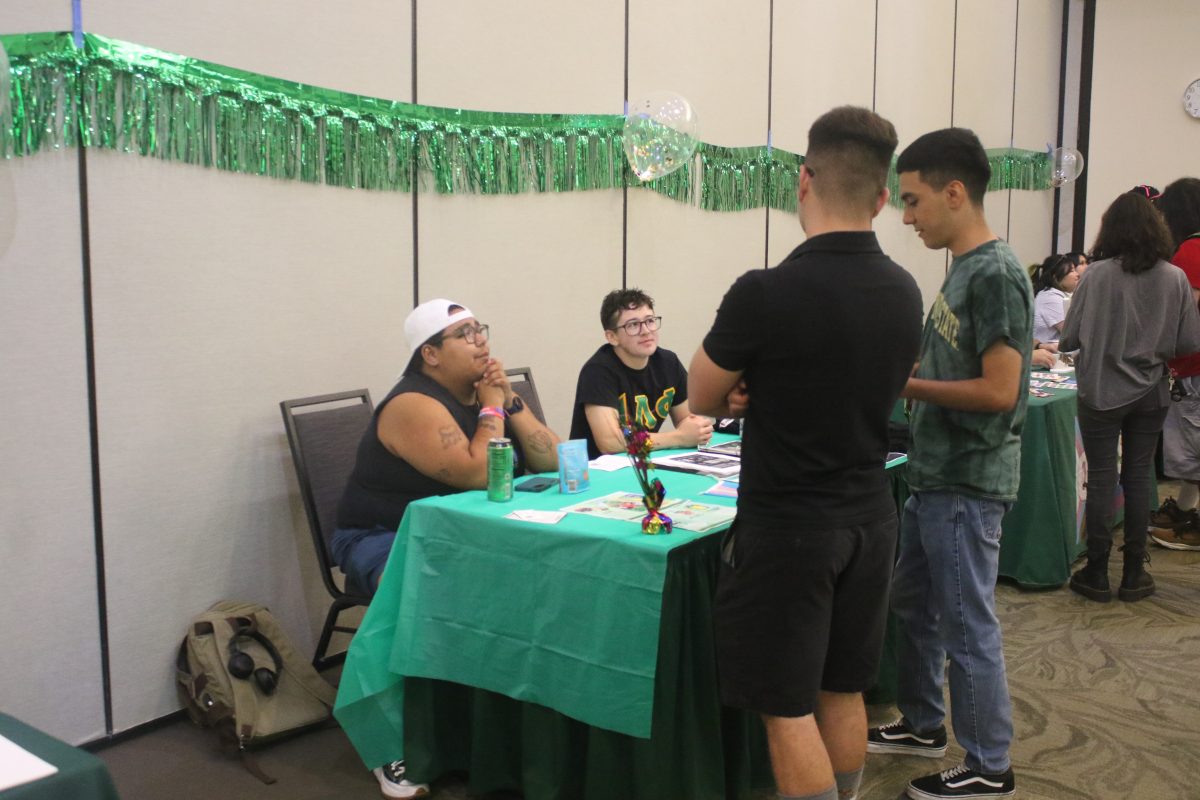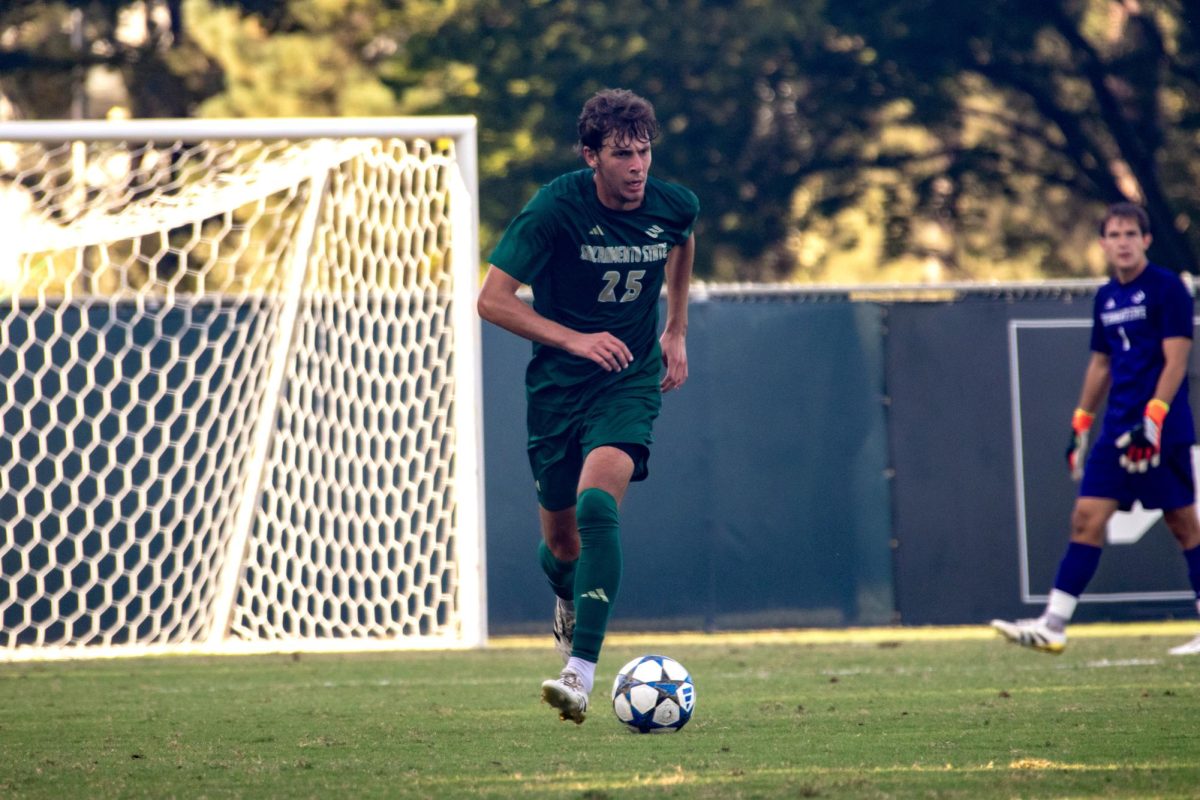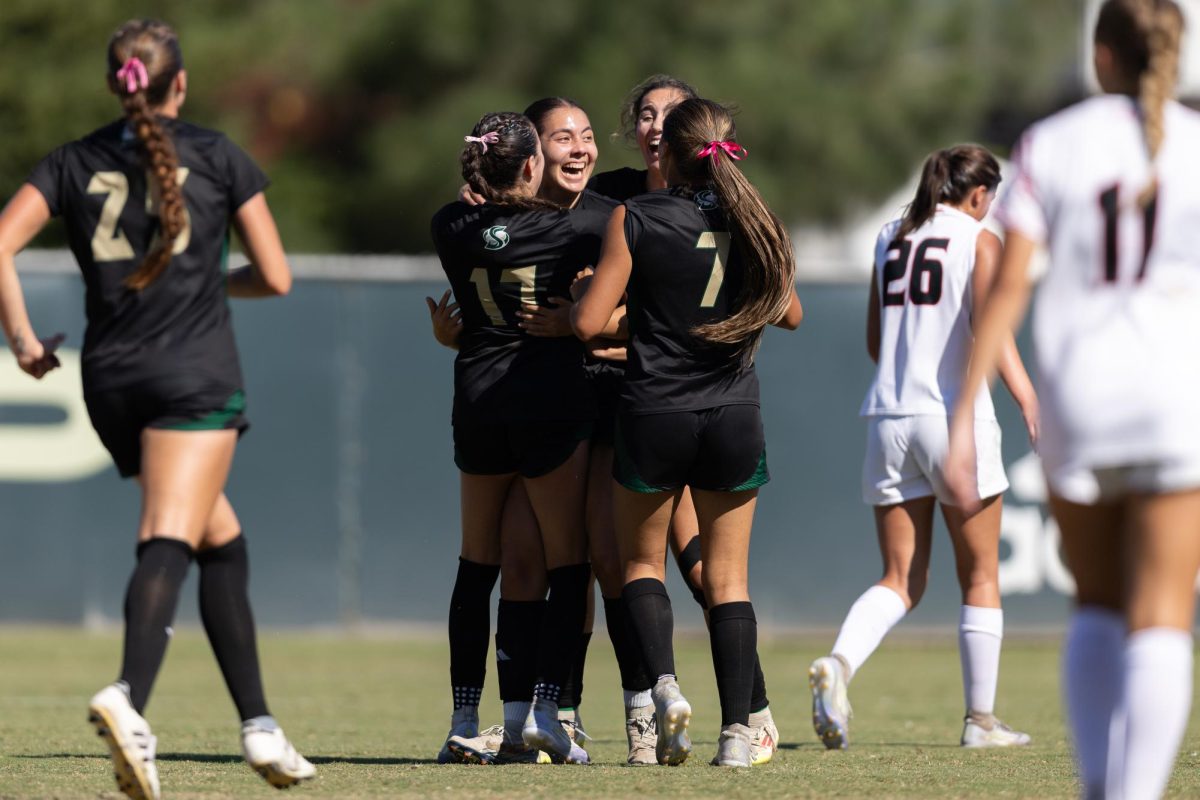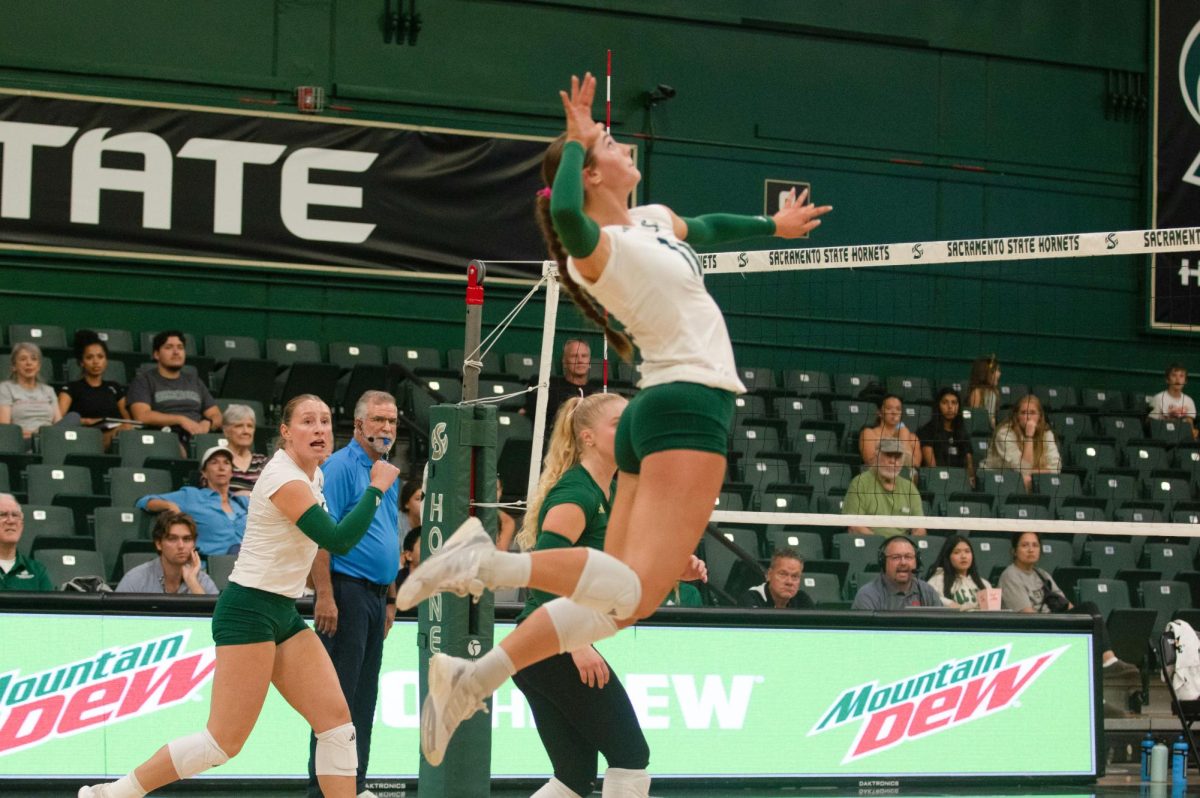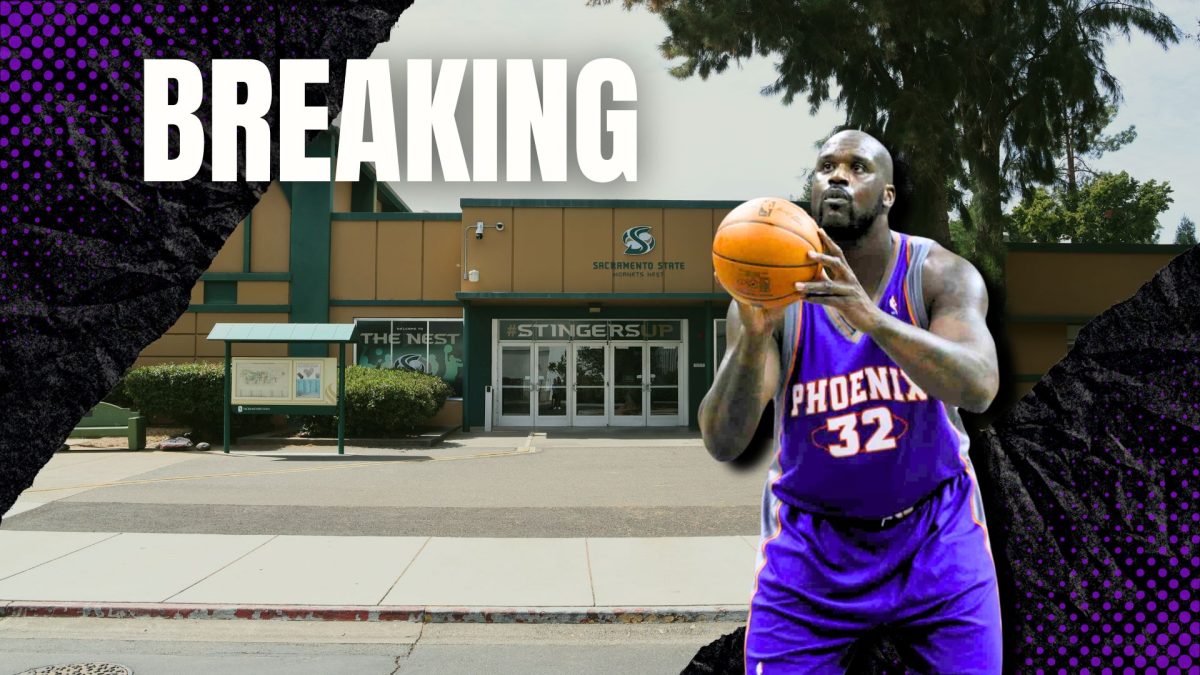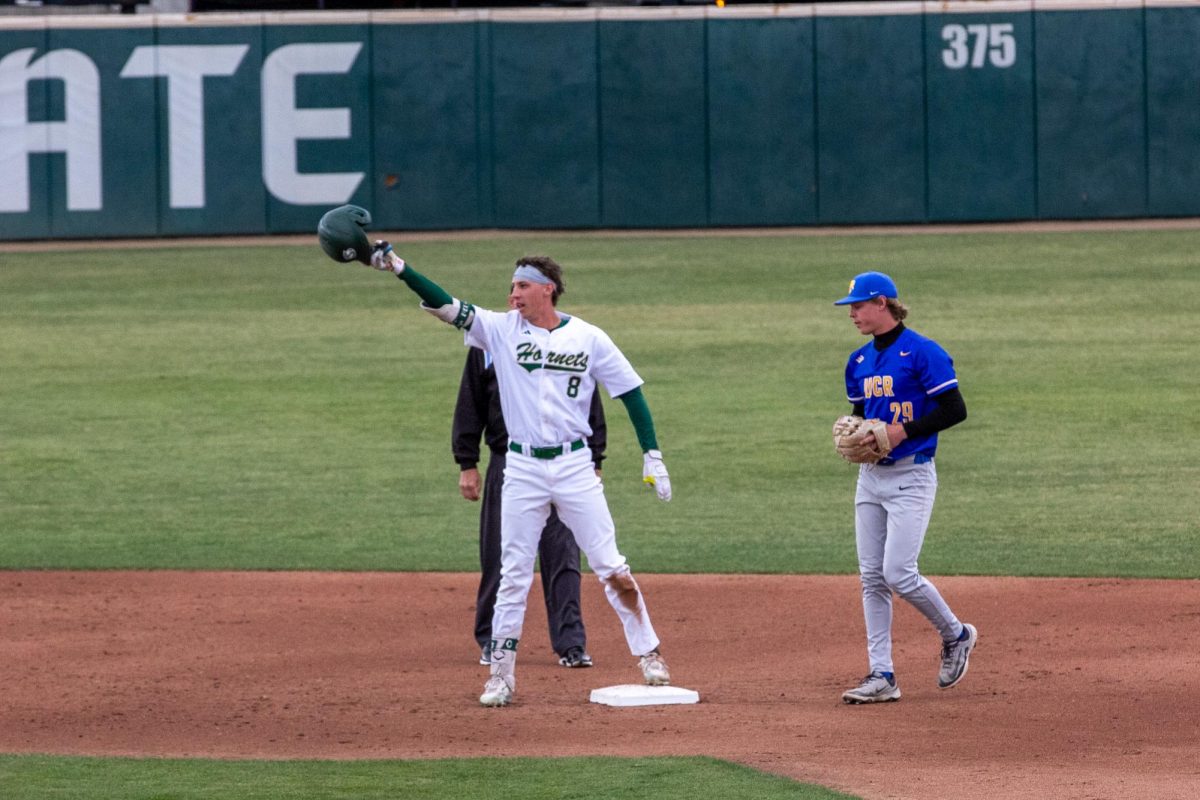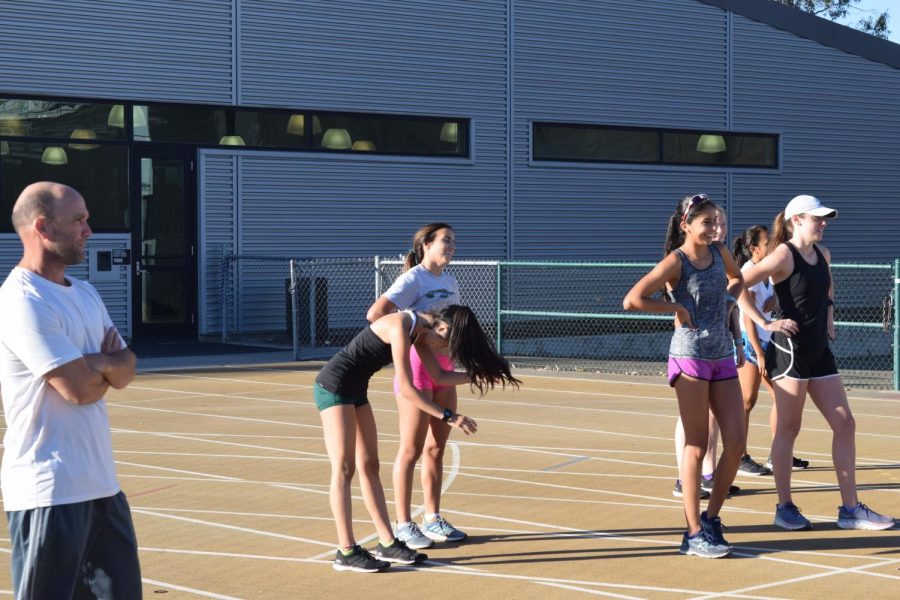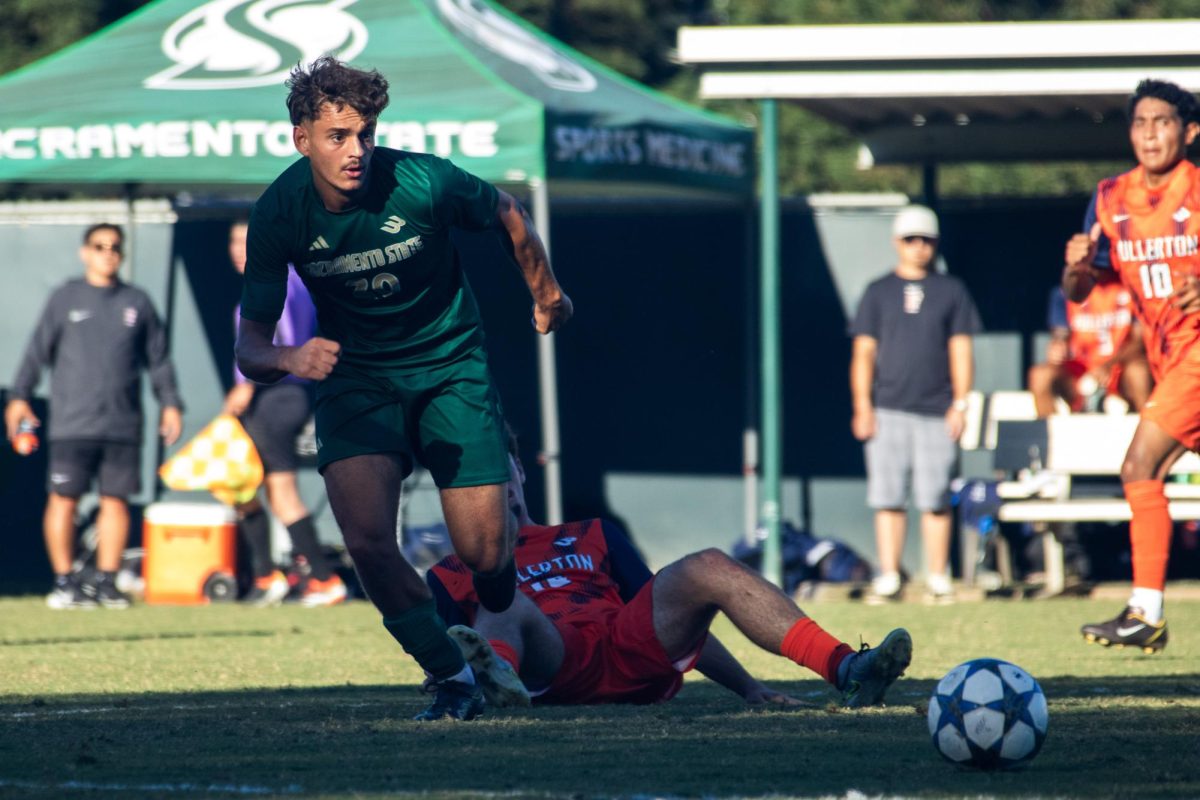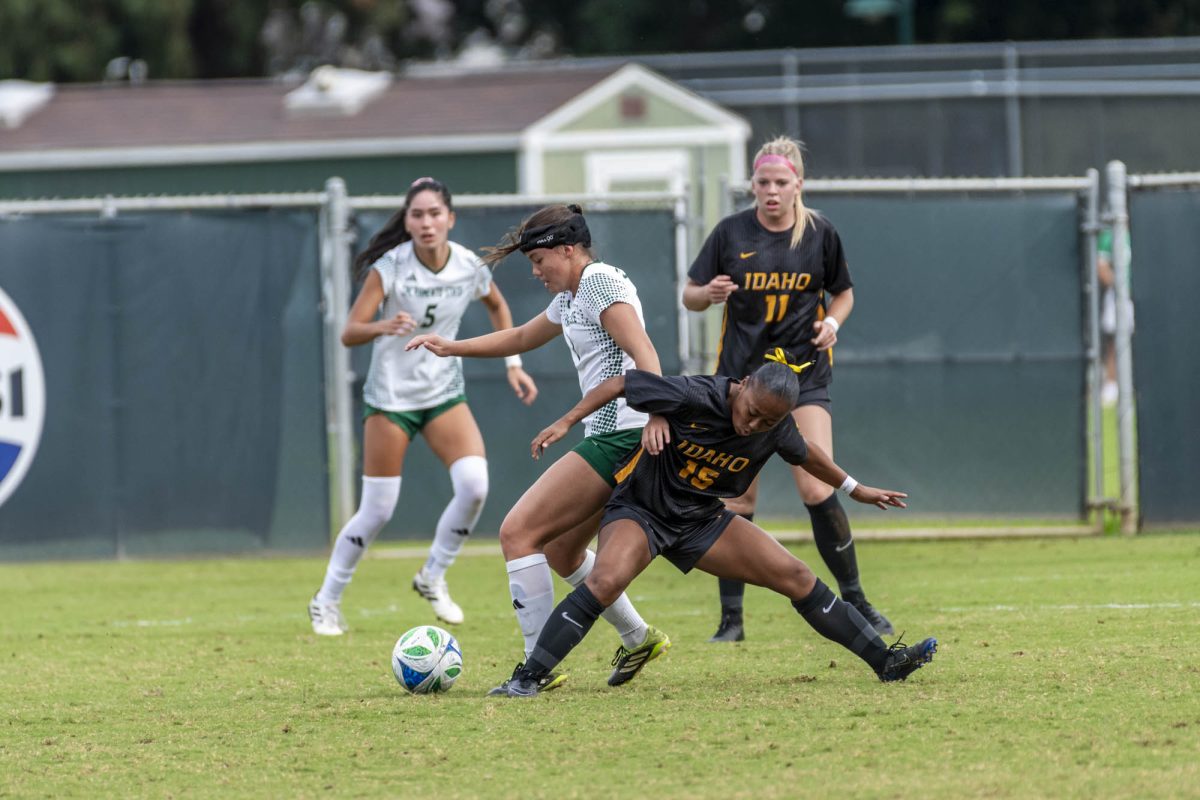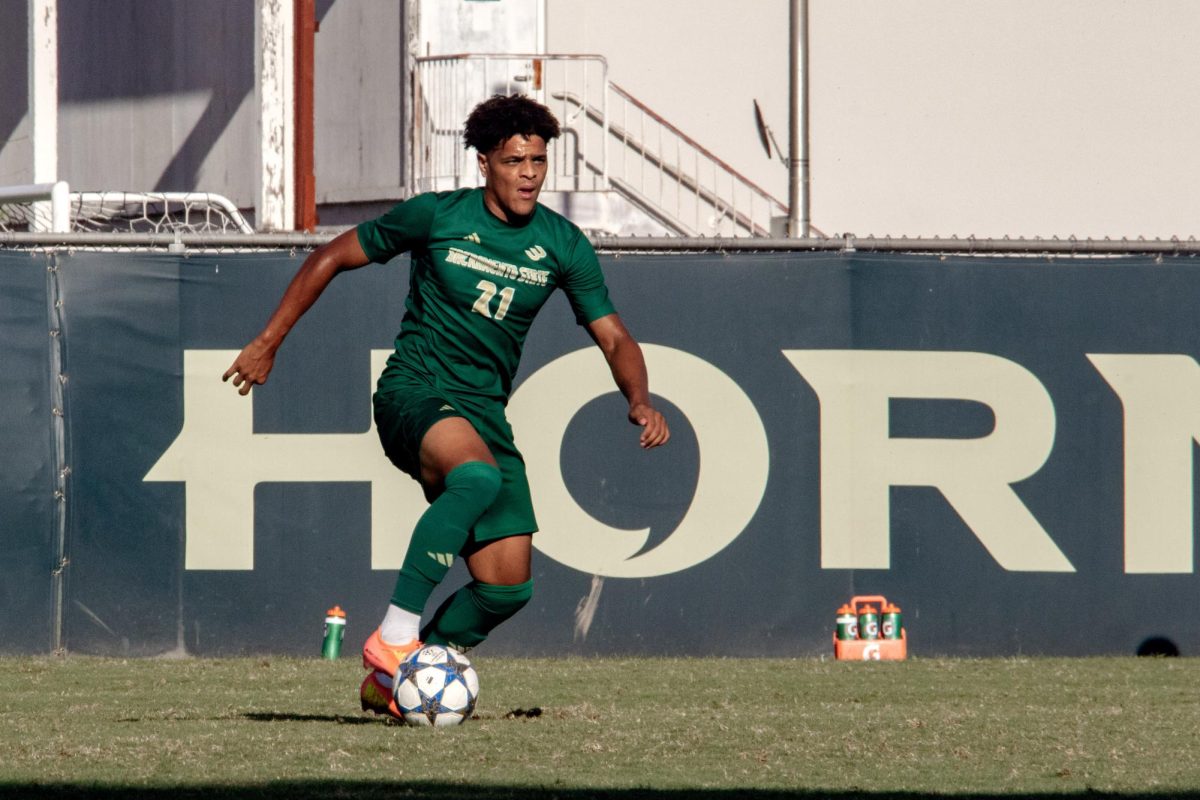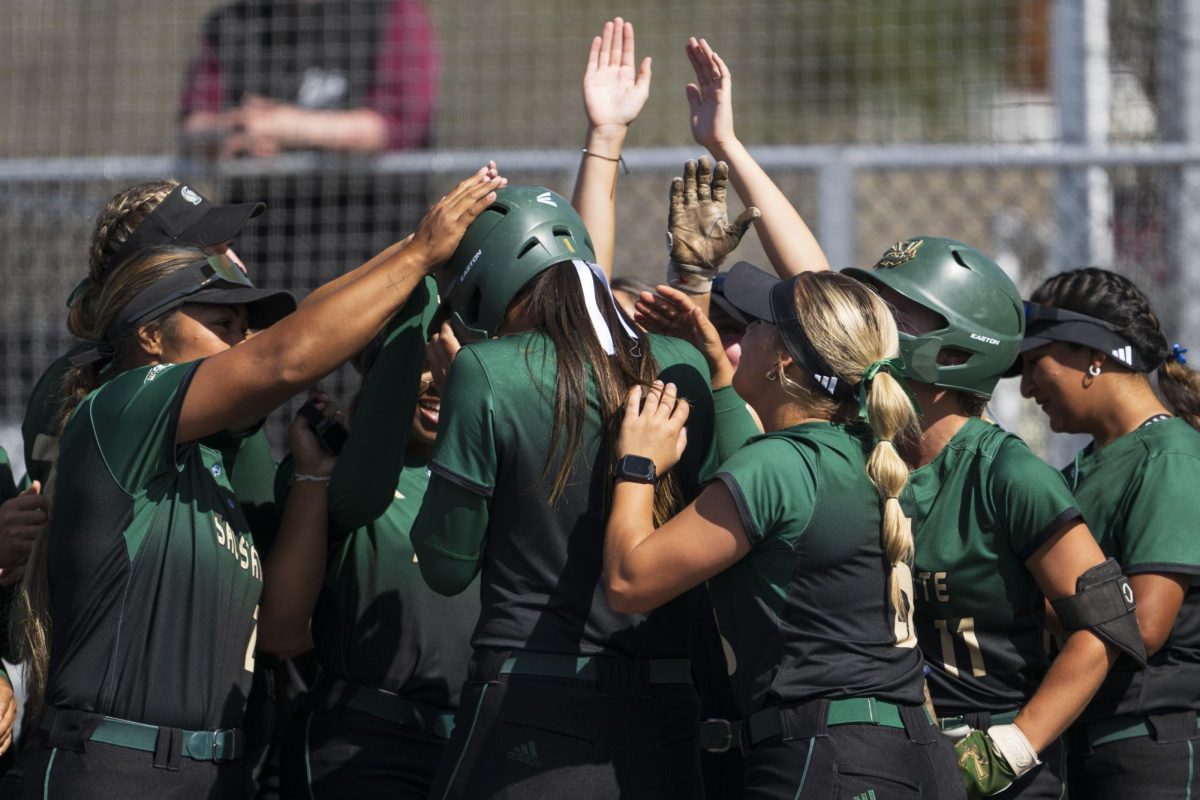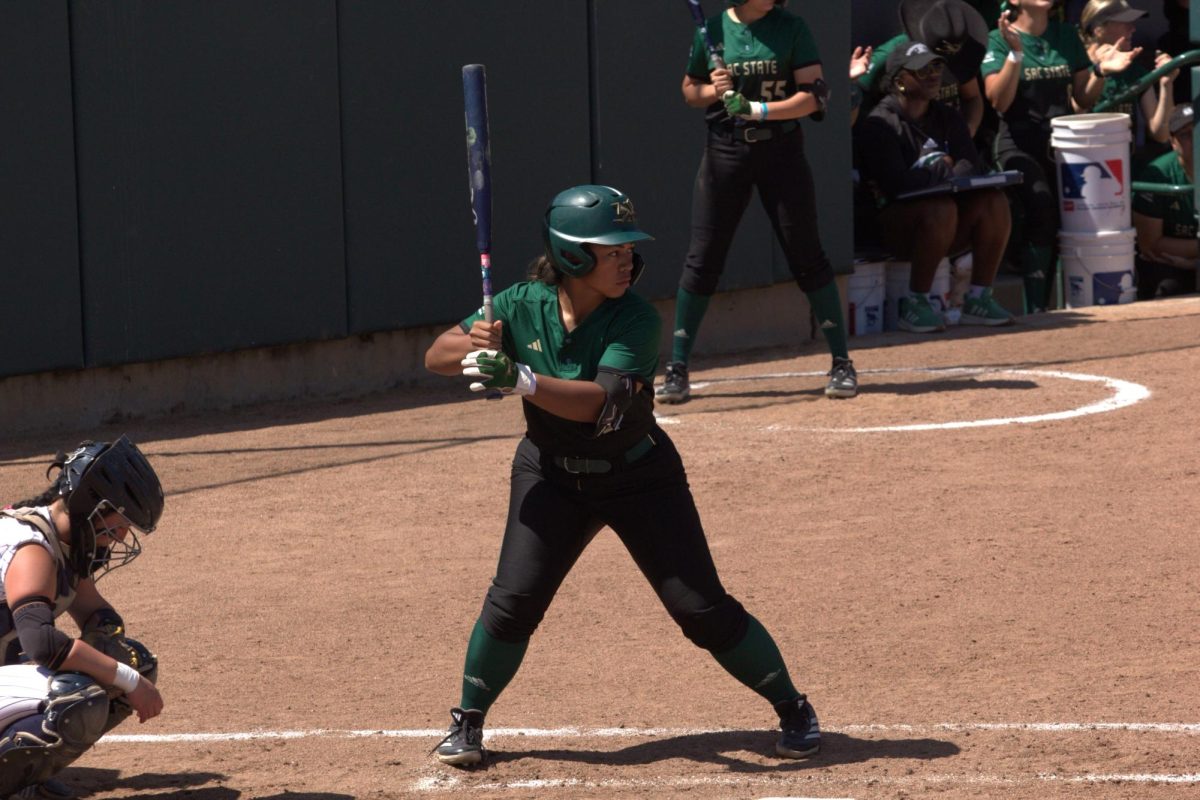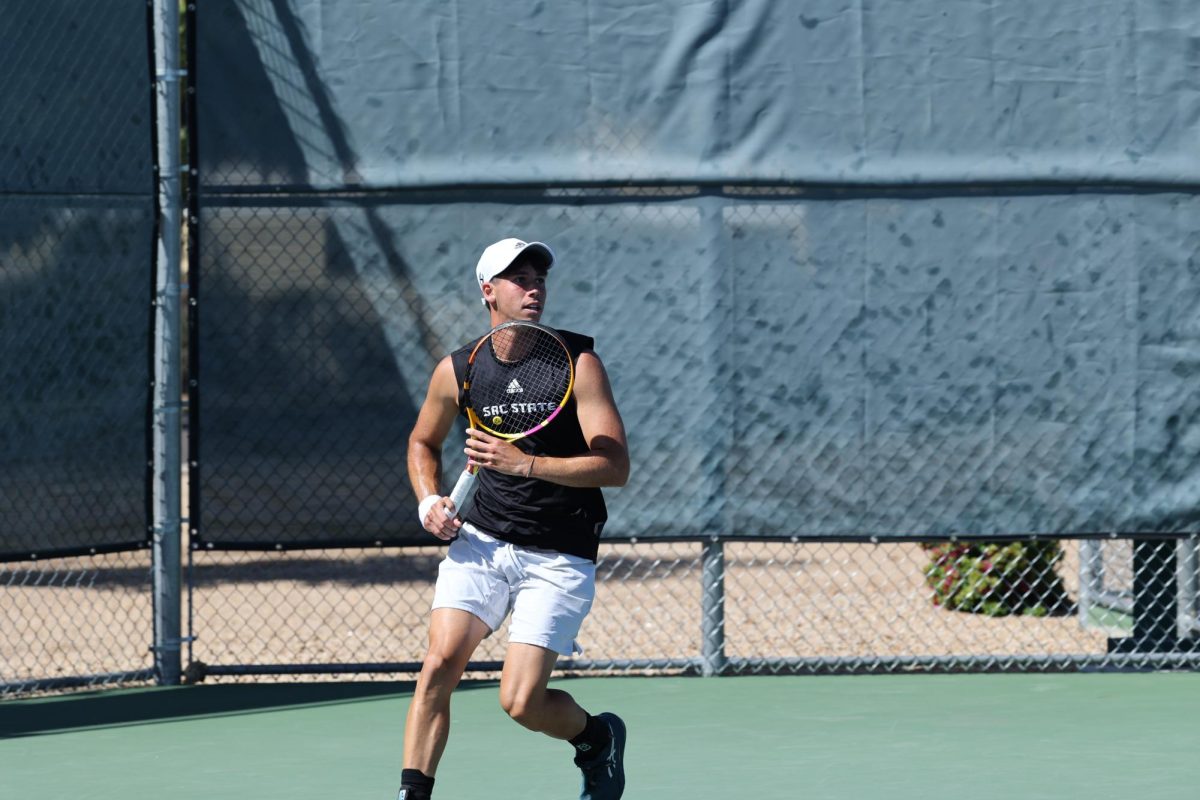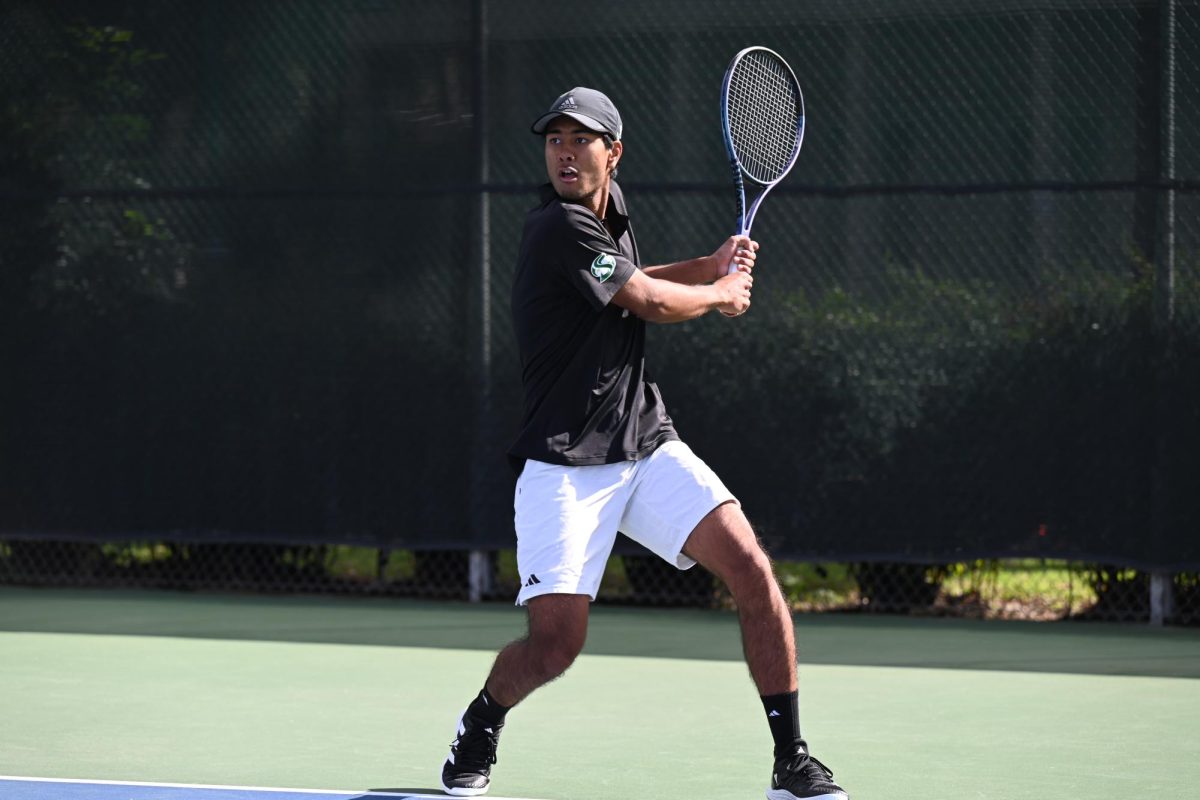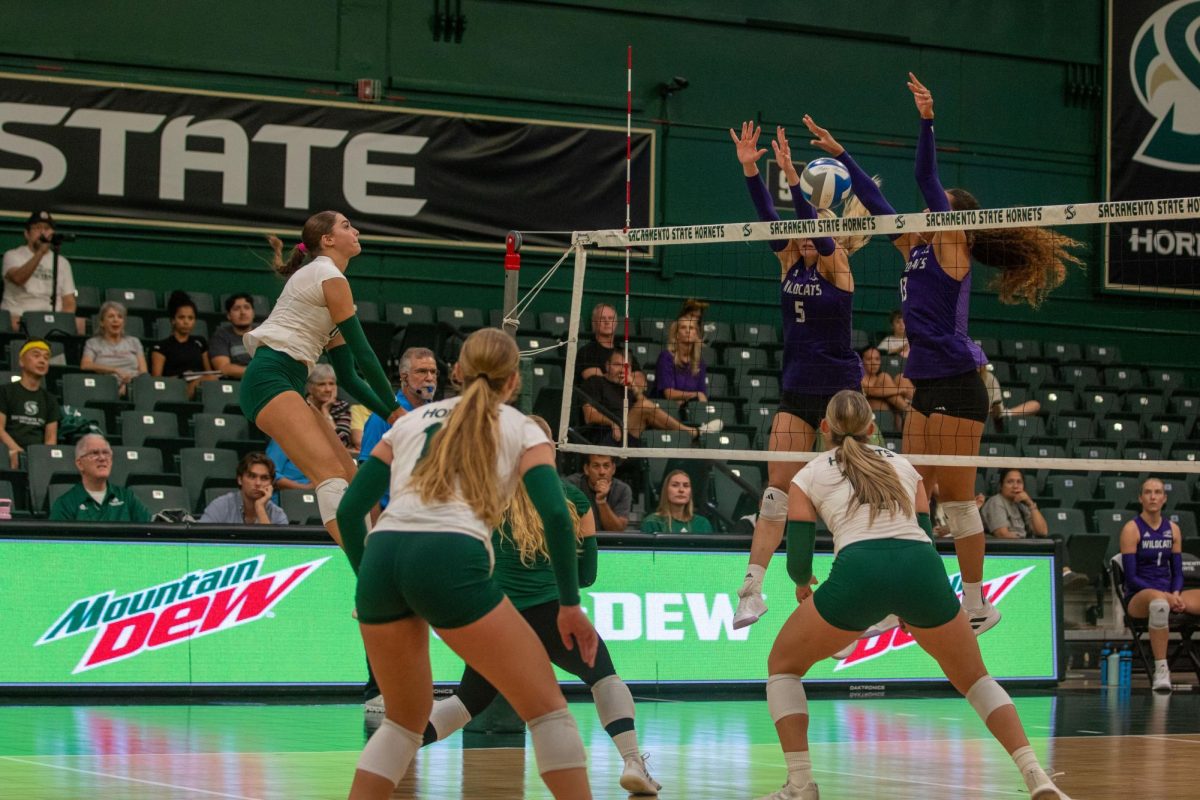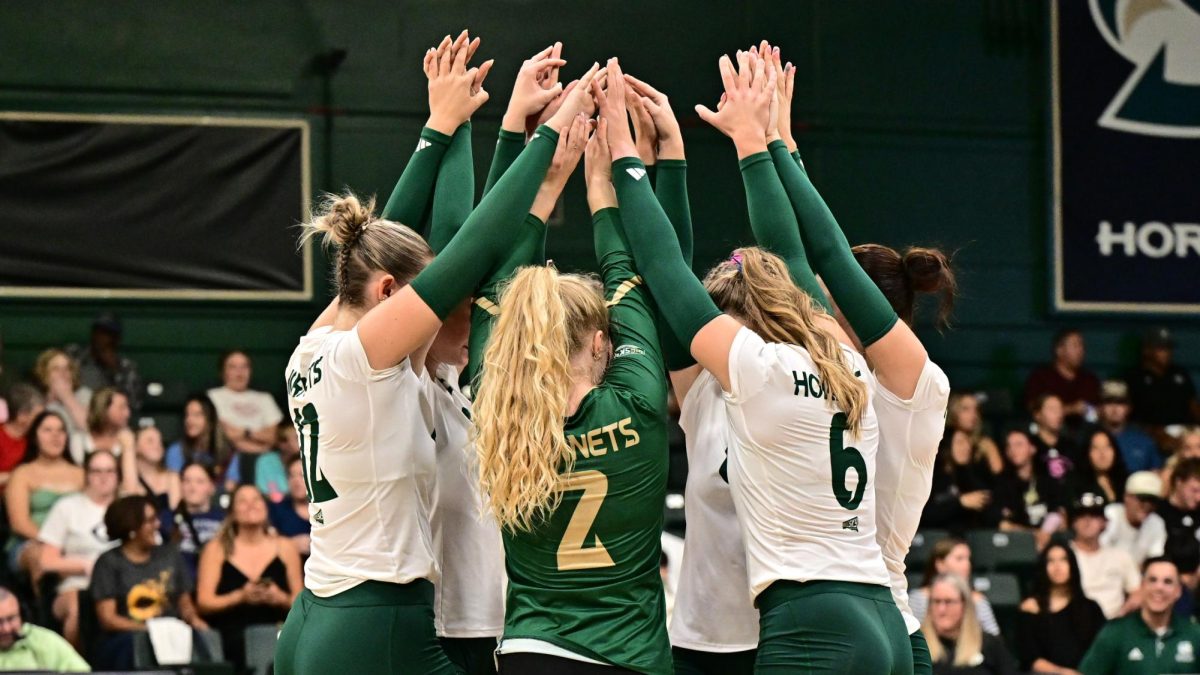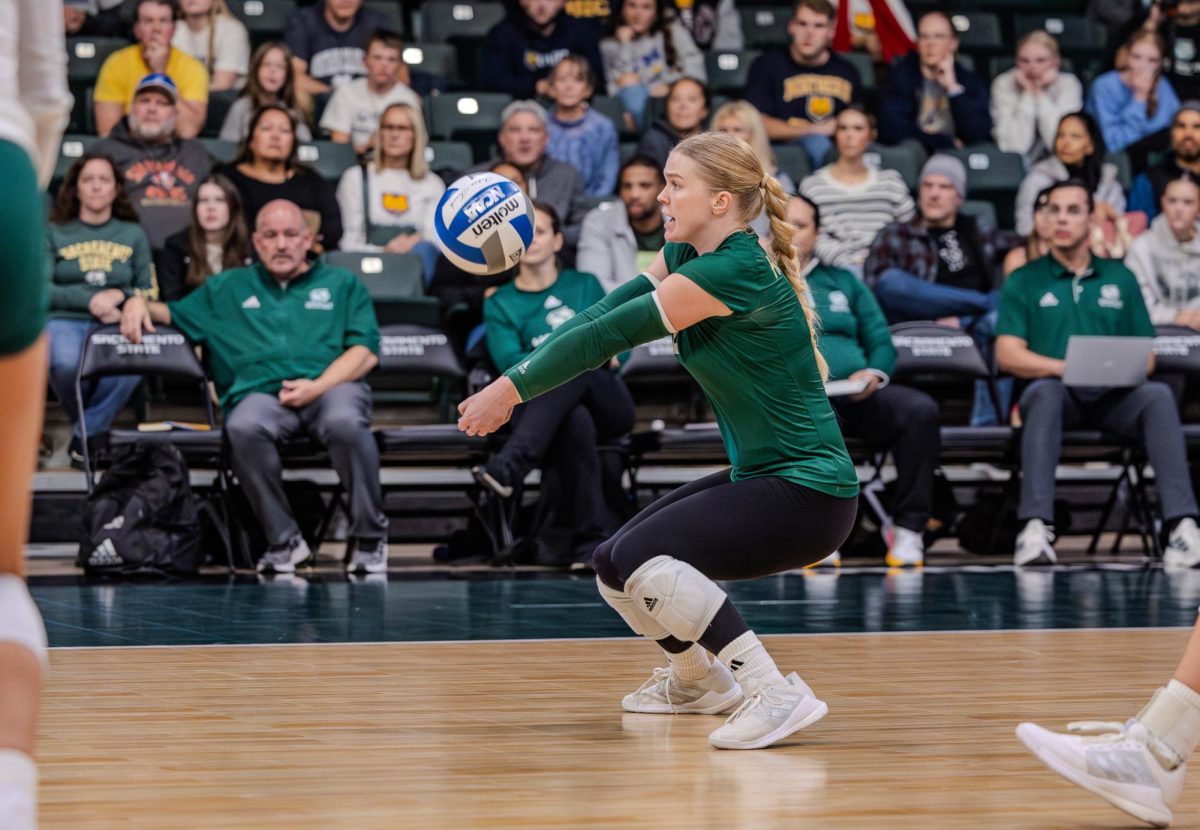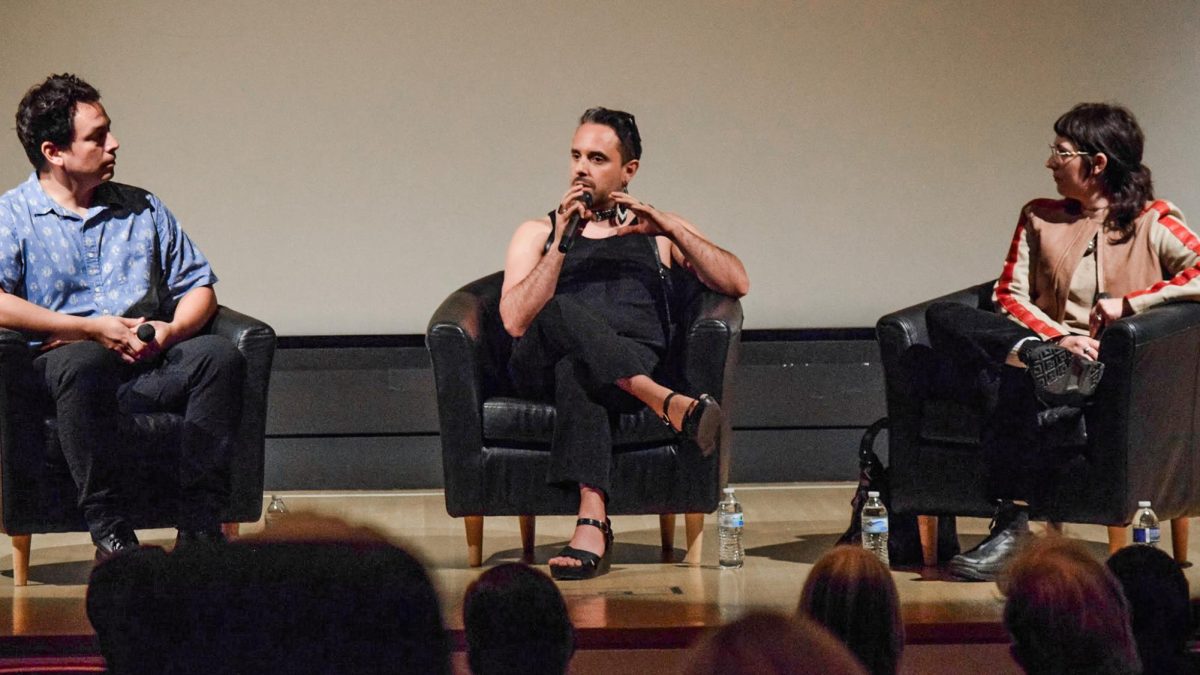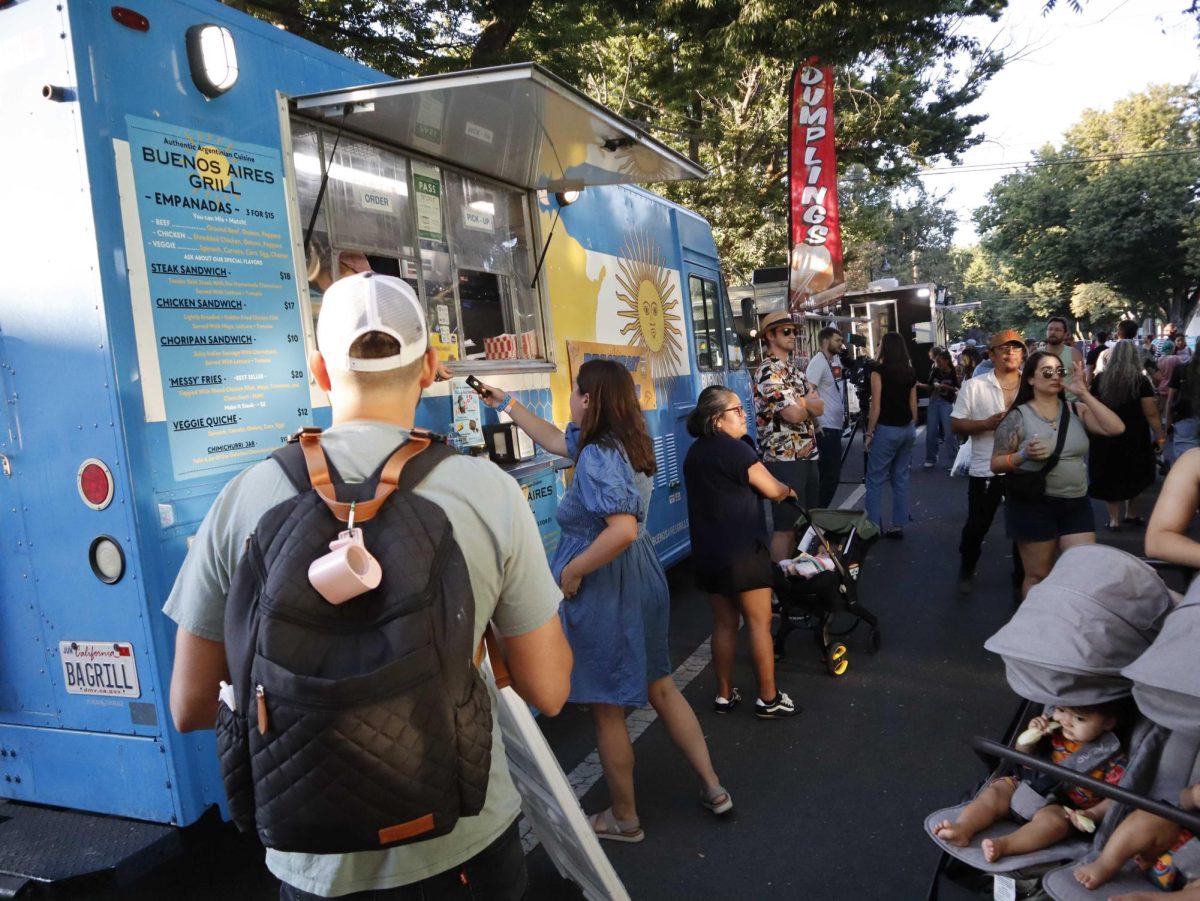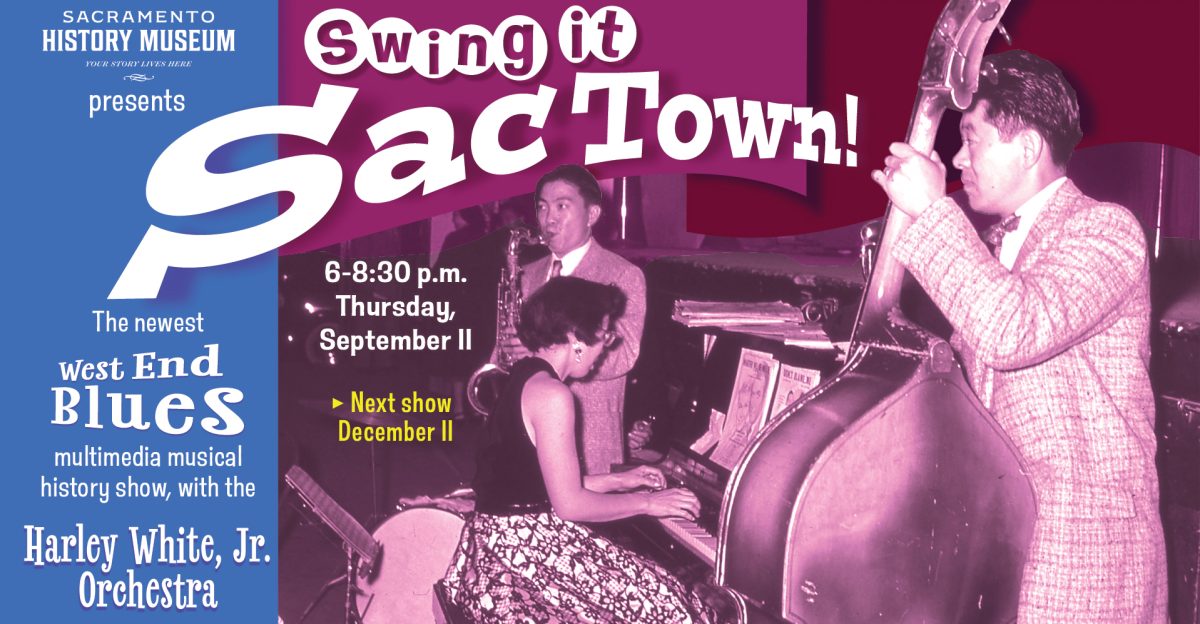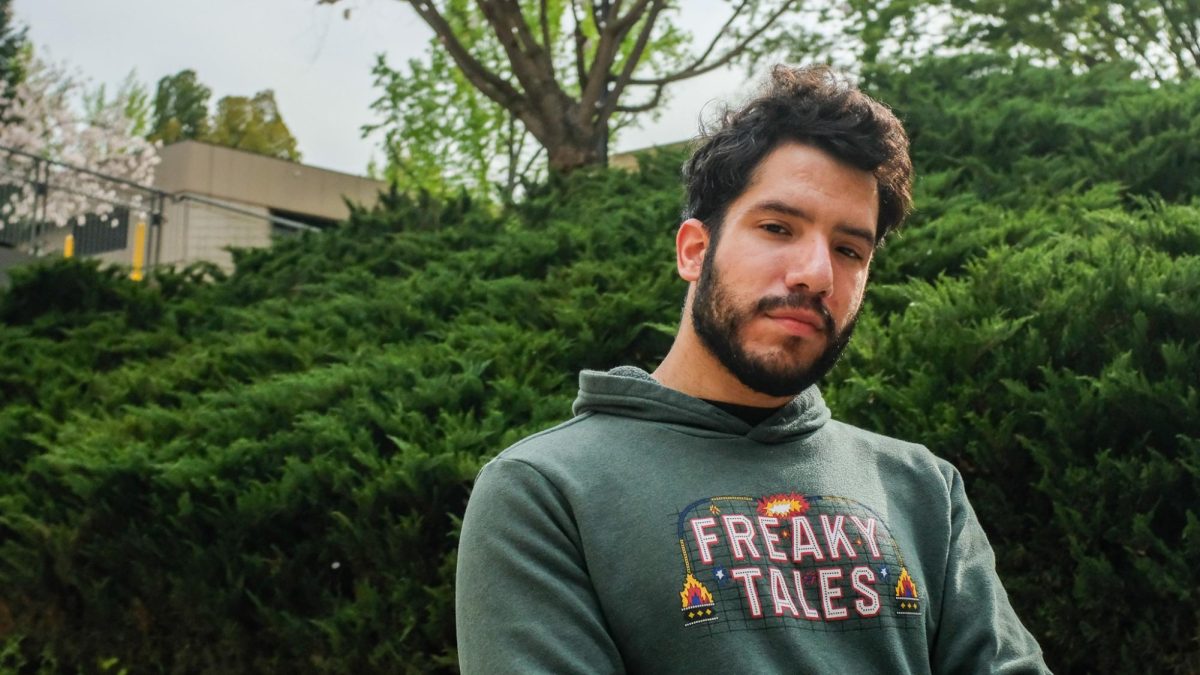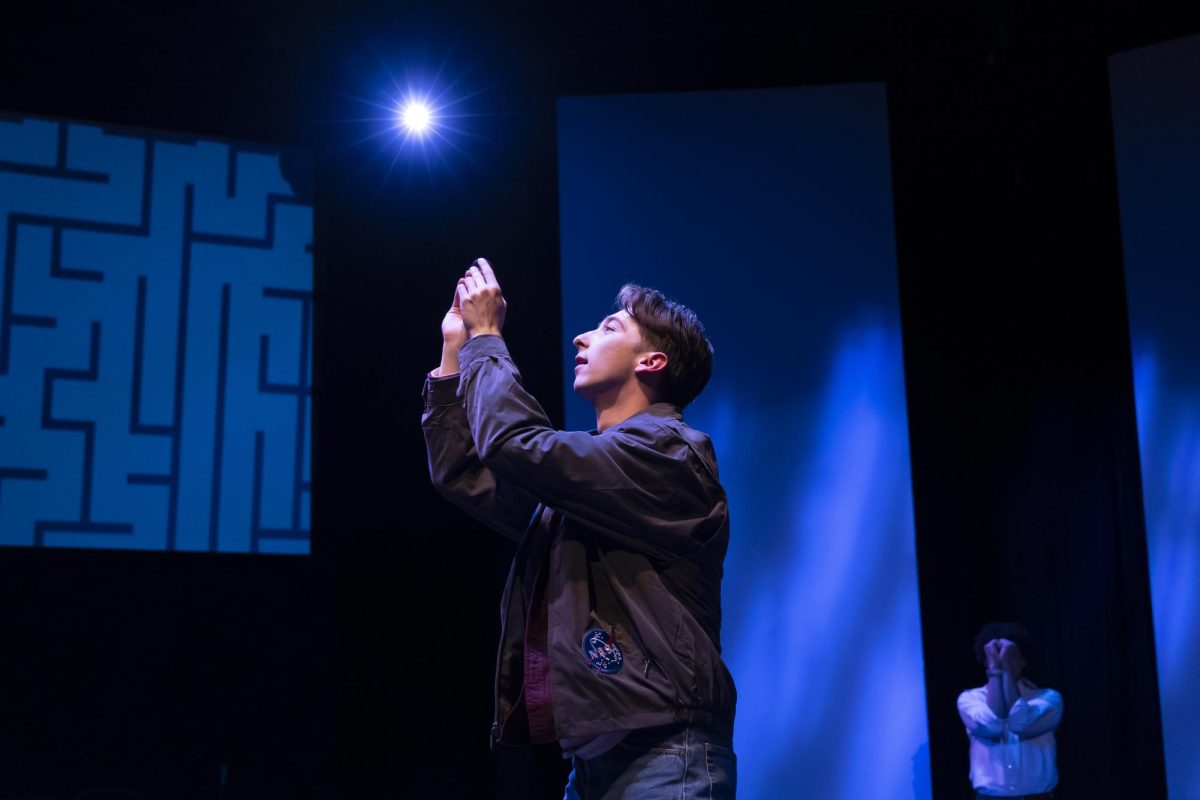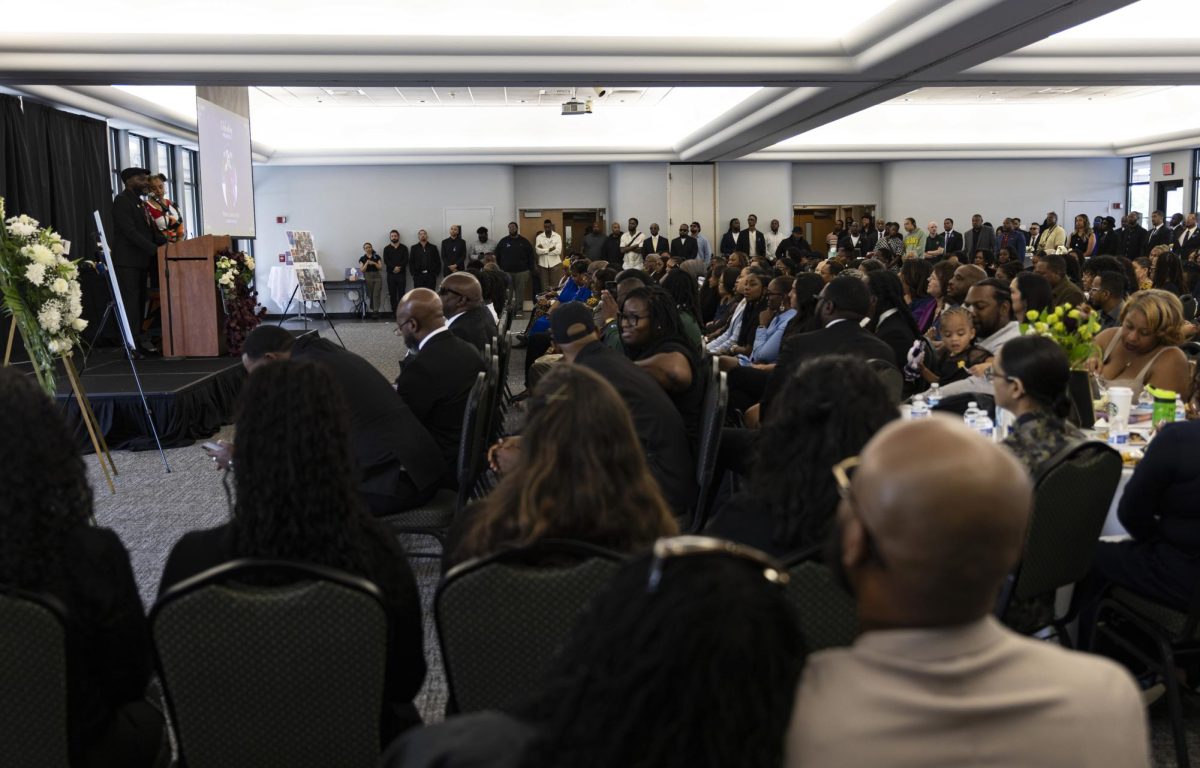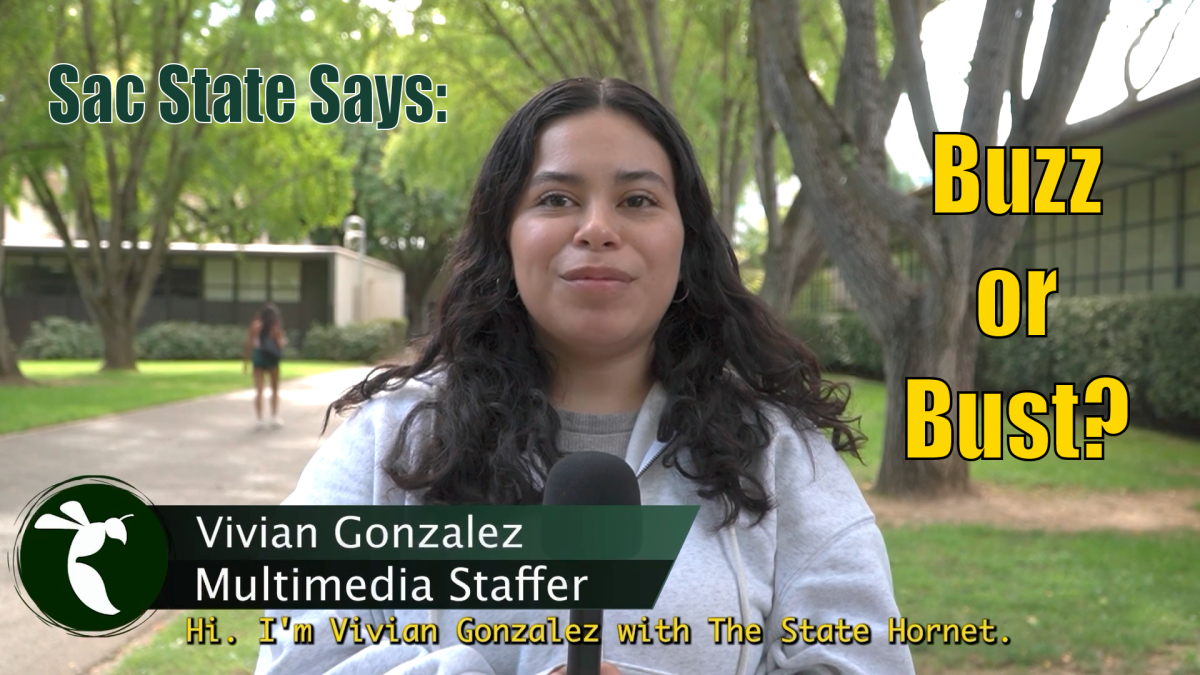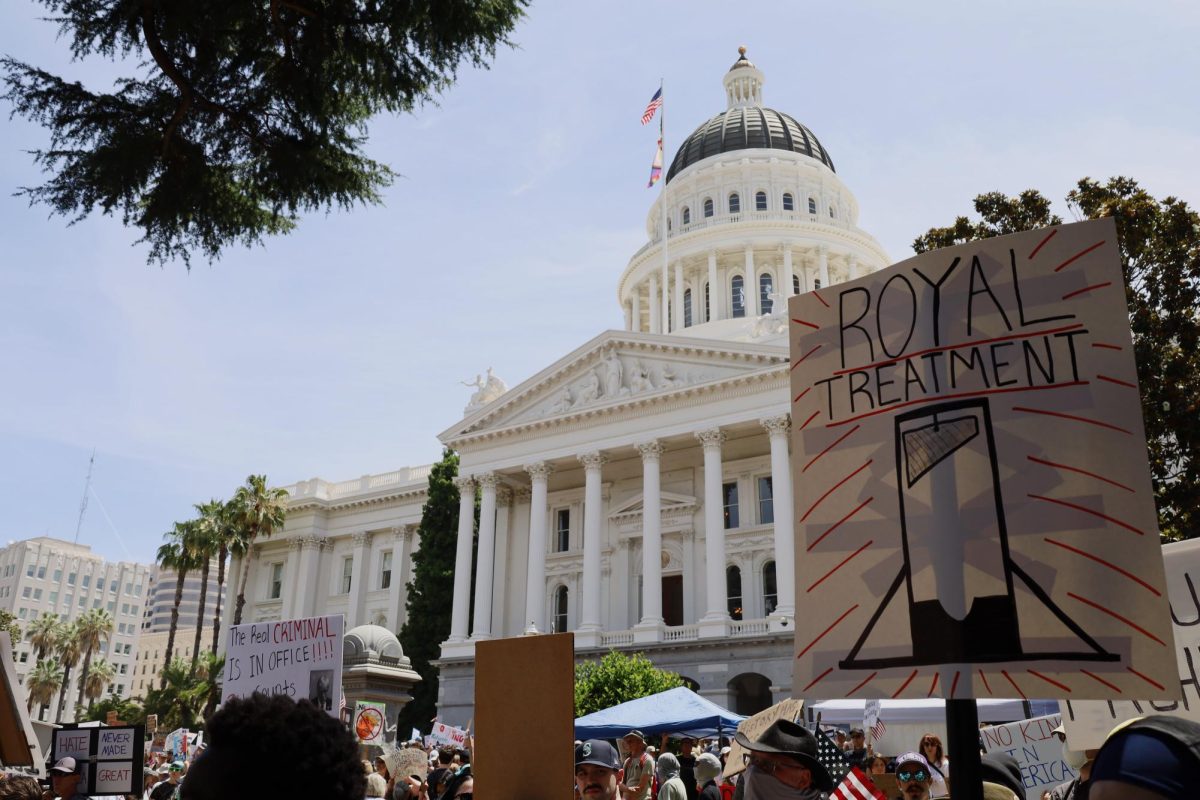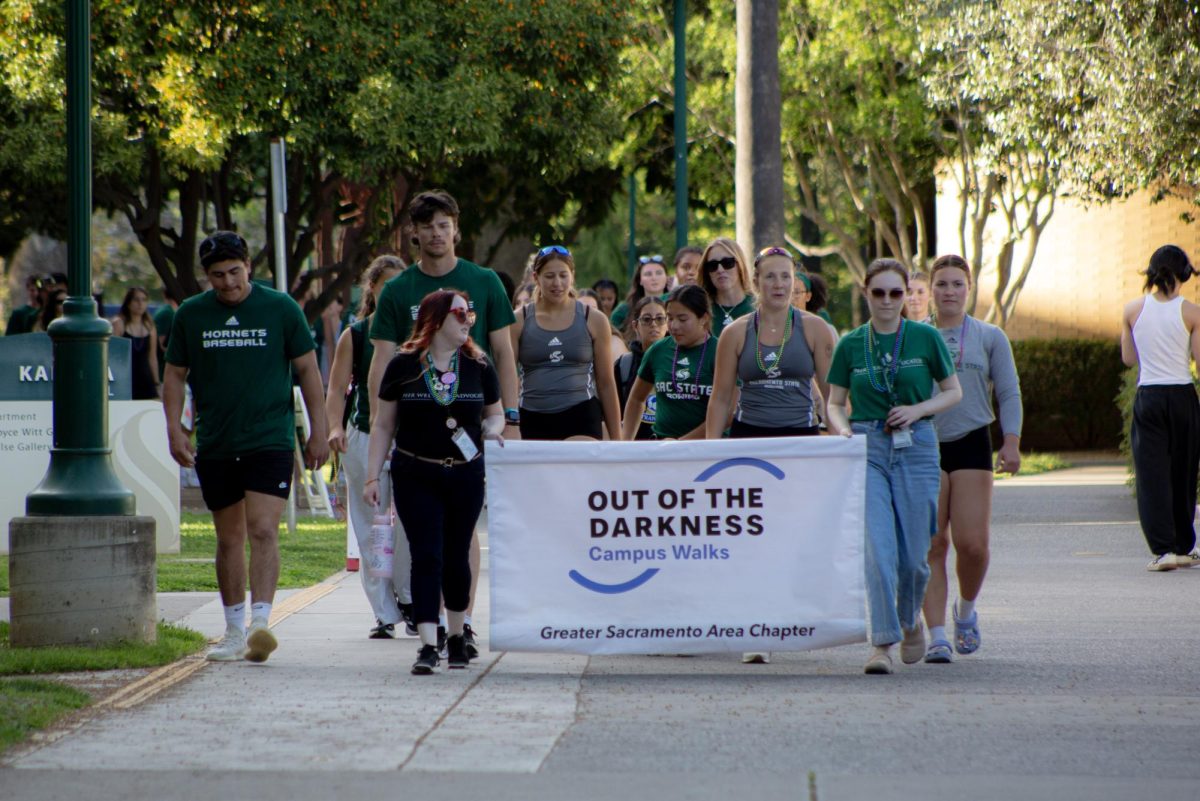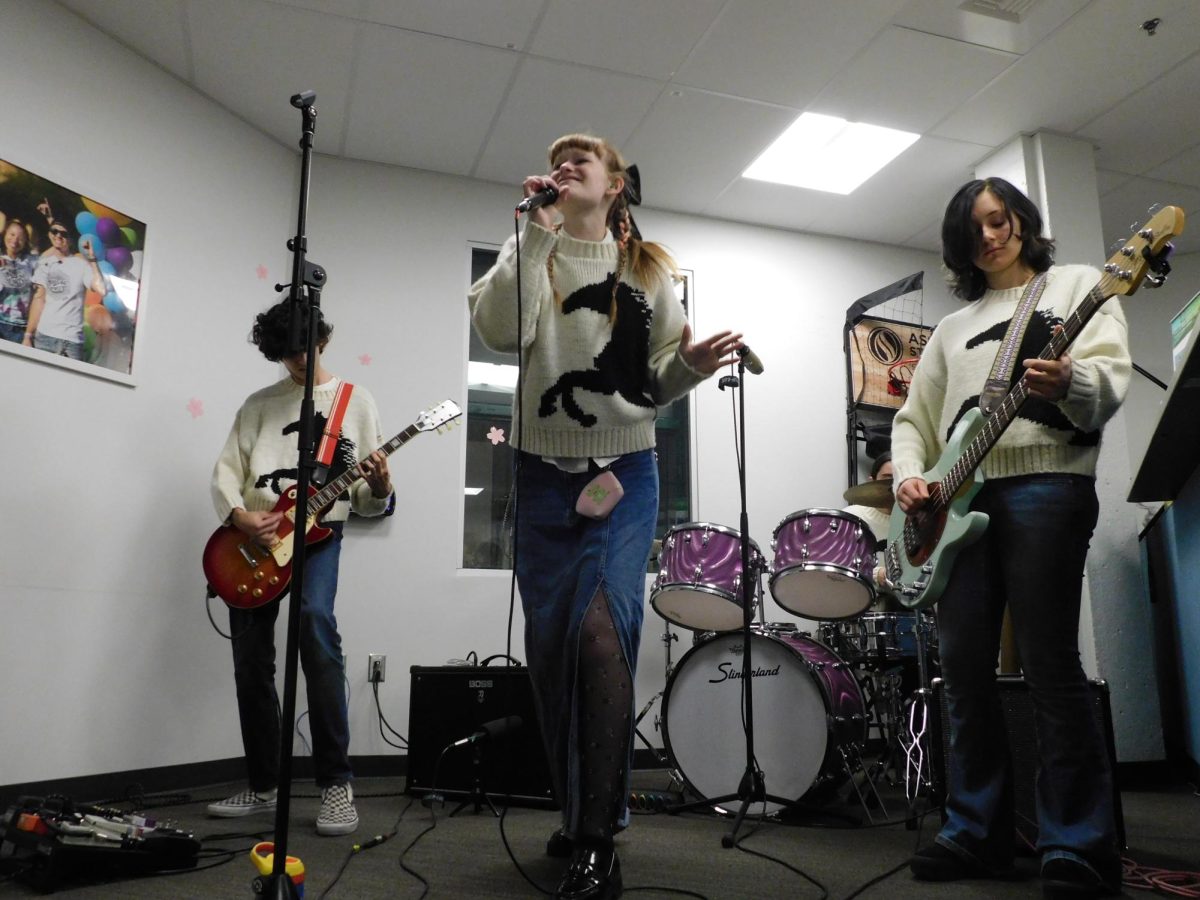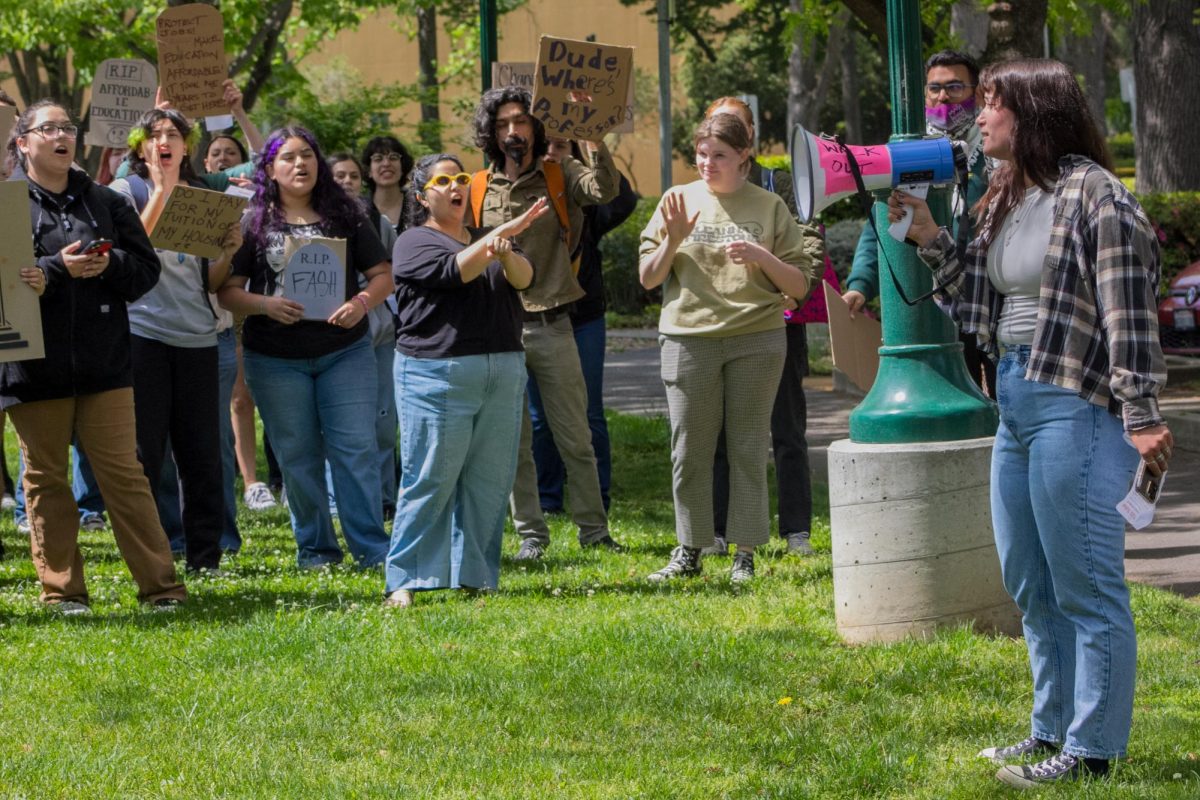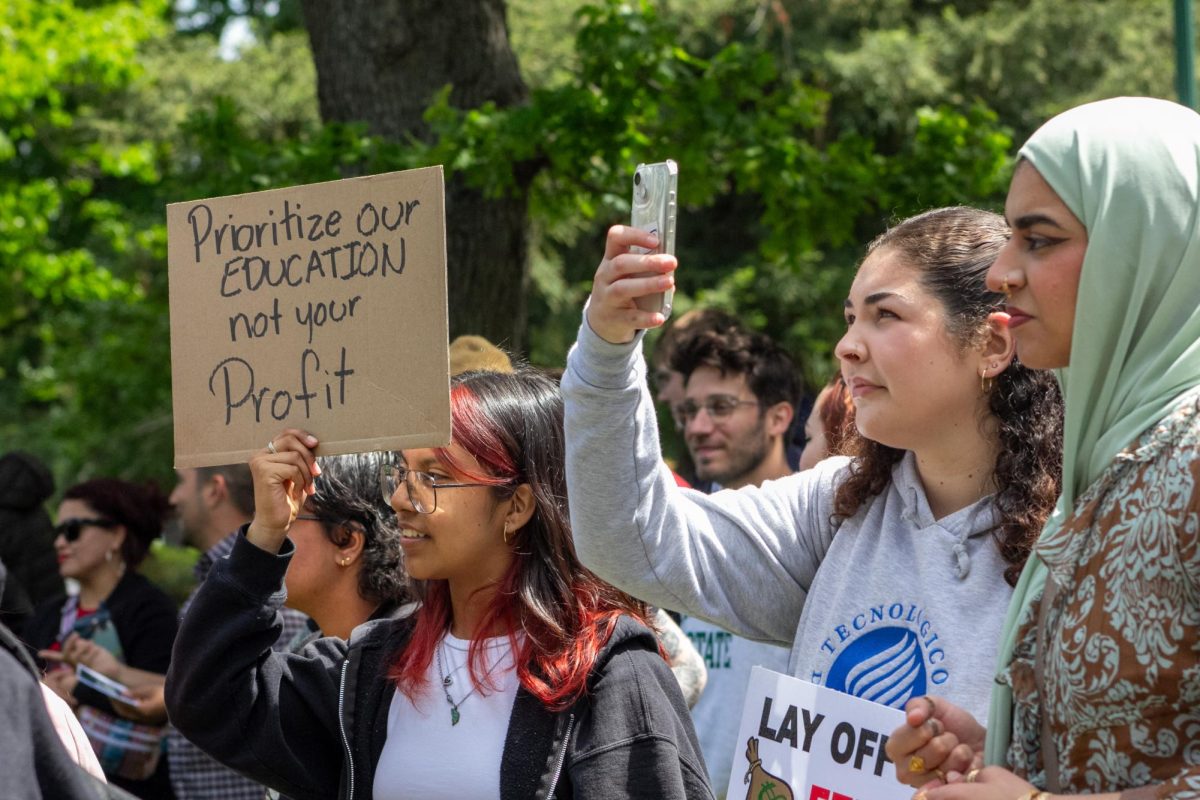Sacramento State students and faculty participated in a walkout on Thursday to protest layoffs, course cuts and fee increases.
The walkout took place alongside protests on nearly every CSU campus, including San Francisco, Sonoma, San Luis Obispo, Bakersfield and Los Angeles, citing shared frustrations over financial mismanagement and cuts to faculty and courses. According to Andrea Terry, an assistant professor in communication studies who attended the event, an estimated 400 people participated in the walkout.
The walkout was organized by Eloina Castillo, a senior majoring in communications studies. Castillo said she was inspired to take action after discussions with faculty members deepened her understanding of the impacts of faculty layoffs and course reductions.
“Students aren’t banks. We’re investments. We deserve to be invested into, and faculty are not just someone to hire and fire when it’s convenient,” Castillo said. “We are real people, and we deserve investment and attention.”
President Luke Wood announced a $37 million budget deficit in January this year due to rising costs and Gov. Gavin Newsom’s proposed $375 million cut to CSU funding. Sac State has since cut or merged 28 management positions, including 15 employee terminations, and is expected to eliminate more roles, according to a message to the faculty union on April 14 confirming incoming faculty layoffs.
RELATED: President Luke Wood updates financial plan to navigate $37 million deficit
On April 17, Sac State Provost Erika Cameron announced that all colleges must reduce course offerings by Monday, April 20.
To mitigate this loss, Wood proposed a Student Success Fee, to be decided by student vote within each college. Wood said the $360 fee would expand class offerings, with the aim of ensuring the continuation of required courses. Students will vote on the proposed fee by the end of the semester. If approved, implementation is planned for Fall 2026. If the fee isn’t approved, Wood said there will be a 46% reduction in the number of courses offered for the Fall semester.
Currently, 12 CSU campuses utilize a Student Success Fee. According to a state audit published in 2020, these fees have historically been used to fund essential functions such as faculty pay and academic services – costs that students such as Castillo argue should be covered by tuition and state funding, not additional student charges.
RELATED: ‘I still live paycheck to paycheck’: CFA speaks out at Day of Action for Higher Education
Castillo and participants called upon CSU Chancellor Mildred Garcia and the CSU board of trustees to use the CSU’s reserves to offset the budget cuts.
Students advocated for greater investment in their education and expressed support for their professors. Hand-made signs, including several shaped like tombstones, symbolized the impact of budget cuts on Fall 2025 course offerings.
Christian Marler, a senior political science and journalism major, said students deserve a voice in decisions about what they’re paying for.
“If you want to take some classes that have prerequisites next semester, you might not be able to anymore,” Marler said. “It’s keeping students here longer, and you just have to pay more and more each semester, as our quality of education goes down.”
Marler said he and five other students walked out of class and that his professor was understanding of their decision.
RELATED: Students voice concern as Sac State proposes fee increases
Wood observed the event from outside Sacramento Hall as he listened to the group’s chants.
Wood said he thinks a lot of the issues being advocated for at the walkout stem from misunderstandings or misinterpretations.
“I try to be as responsive as I can be,” Wood said. “I haven’t received a list of recommendations or demands like I normally would, so it’s hard to know what to respond to.”
Wood said that student protest is a hallmark of the college experience and that he supports students’ right to express themselves, even when that expression disagrees with him or the larger CSU administration.
“I’m proud that they feel comfortable enough and safe enough on this campus to do the action they did today,” Wood said. “I think that says something about the environment where this is not an environment that’s retaliatory but supportive of student protesting.”



